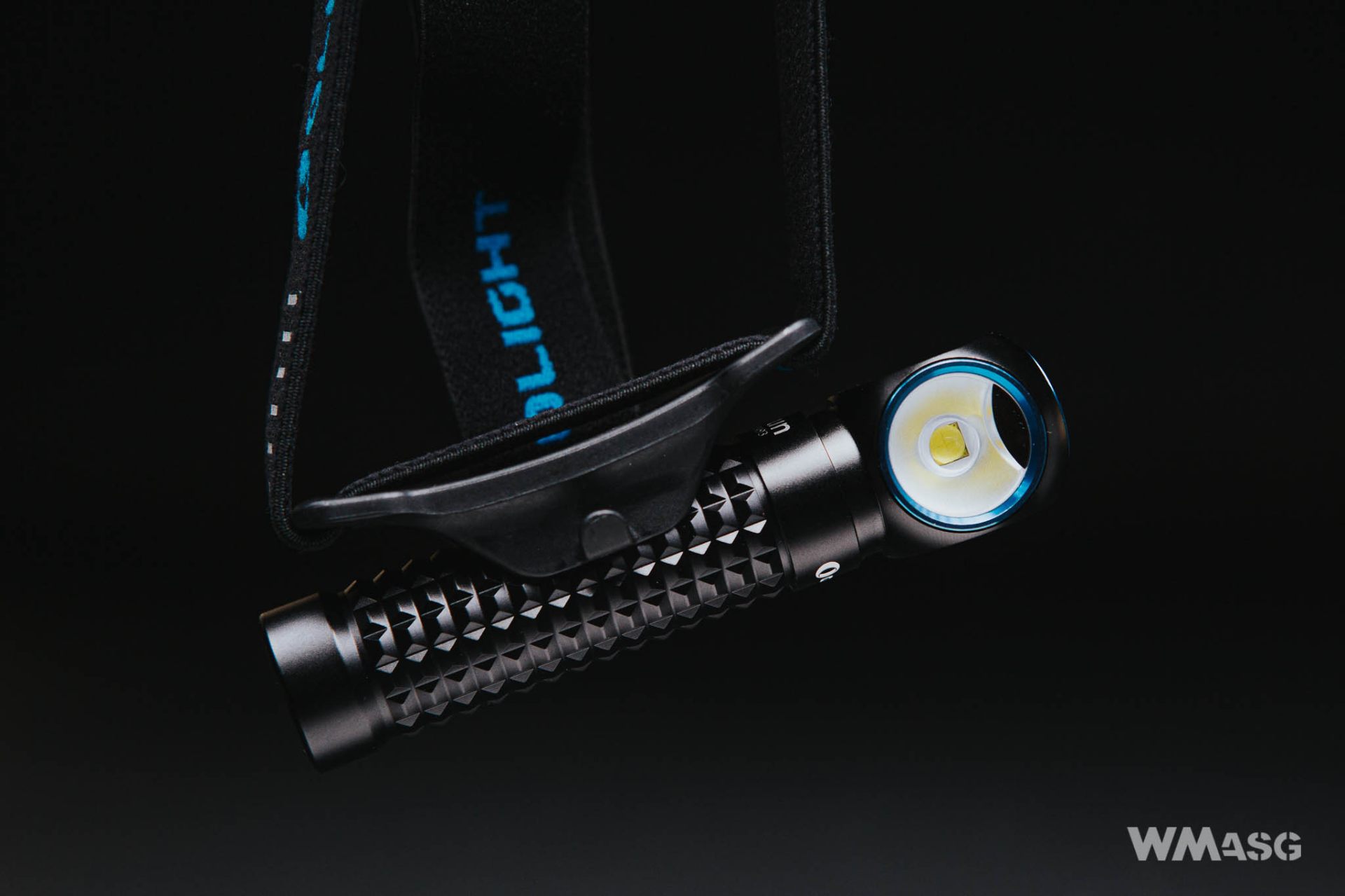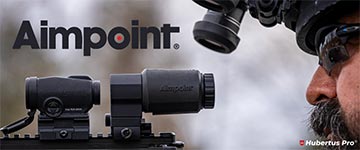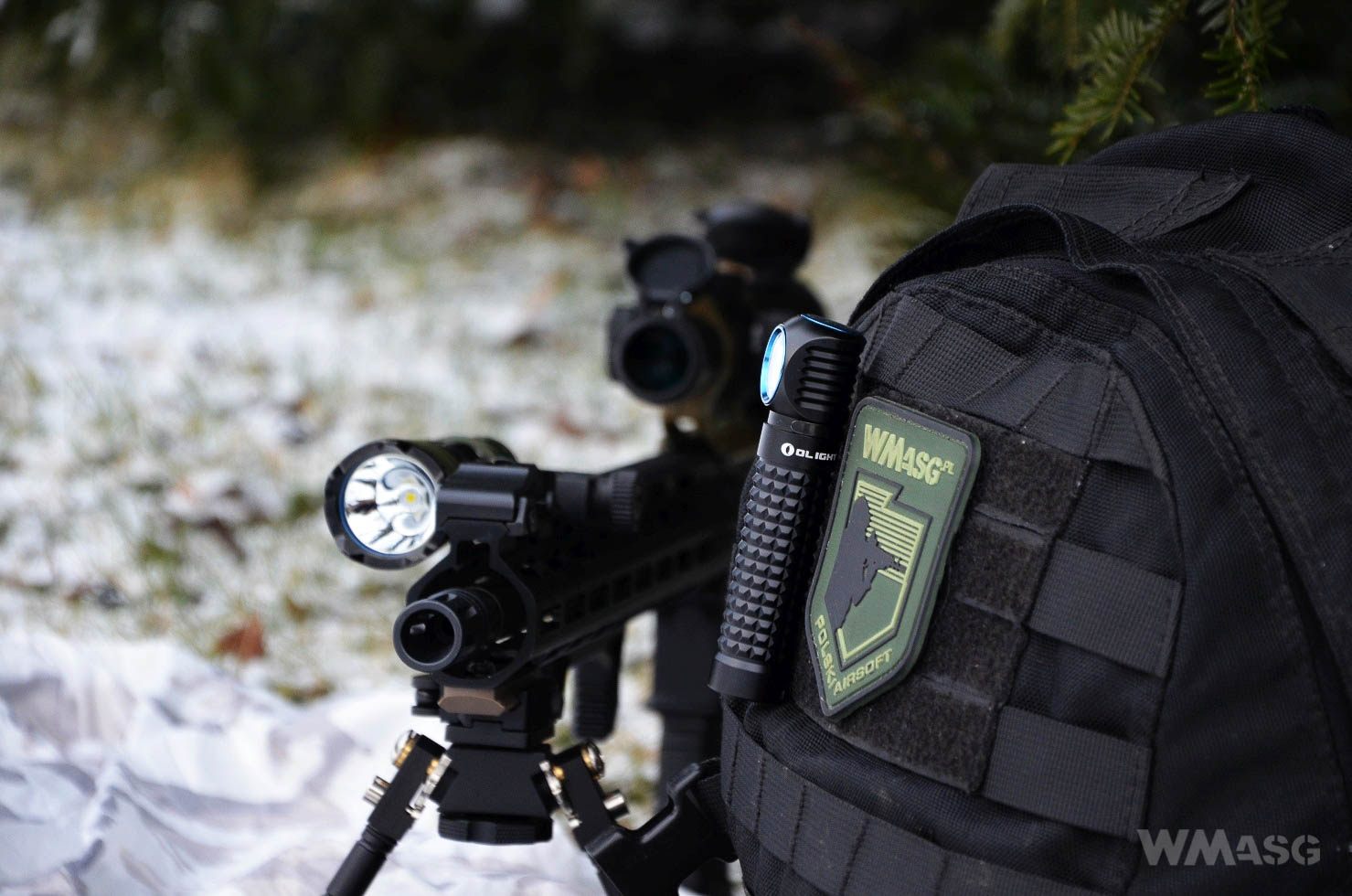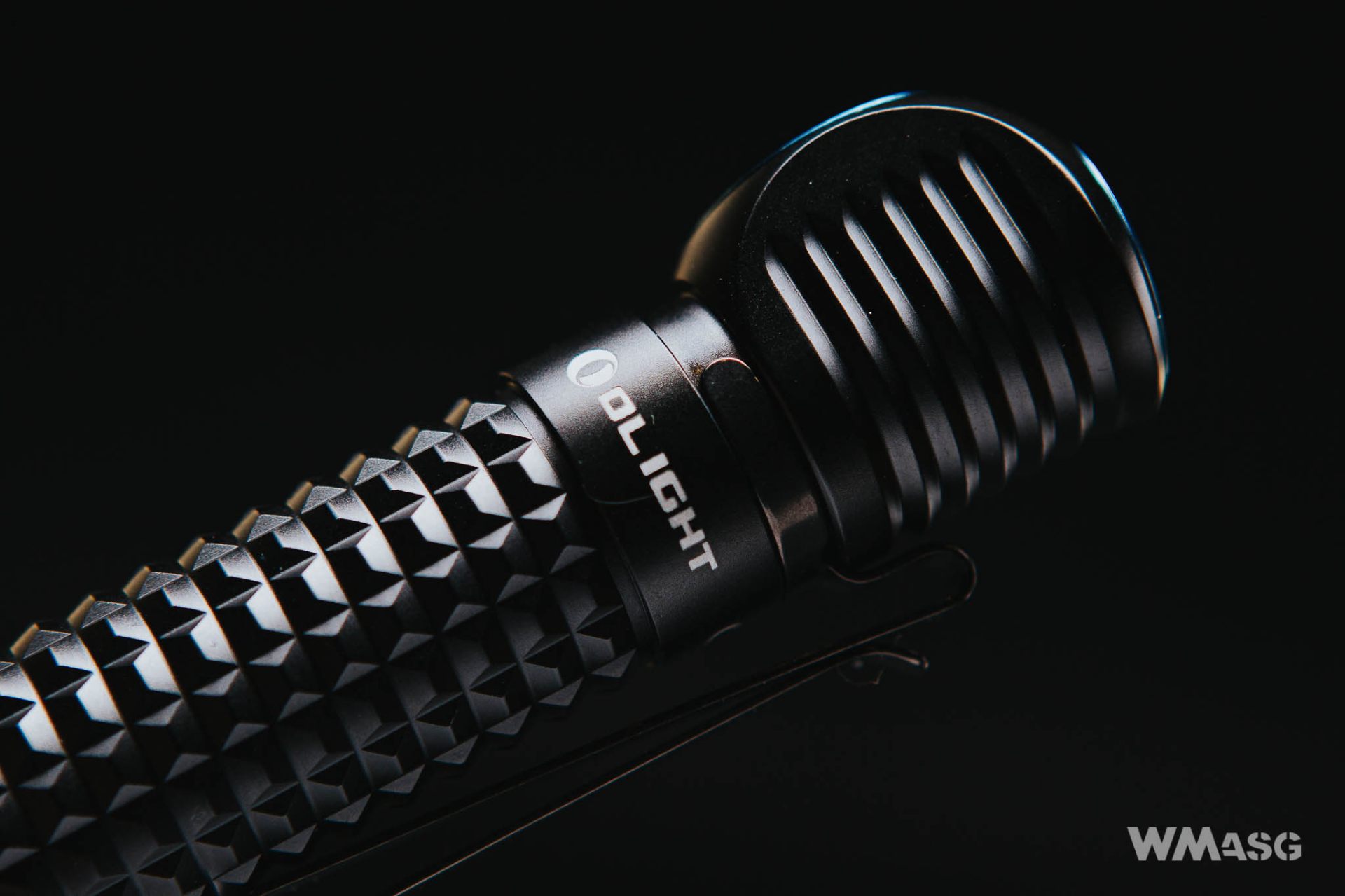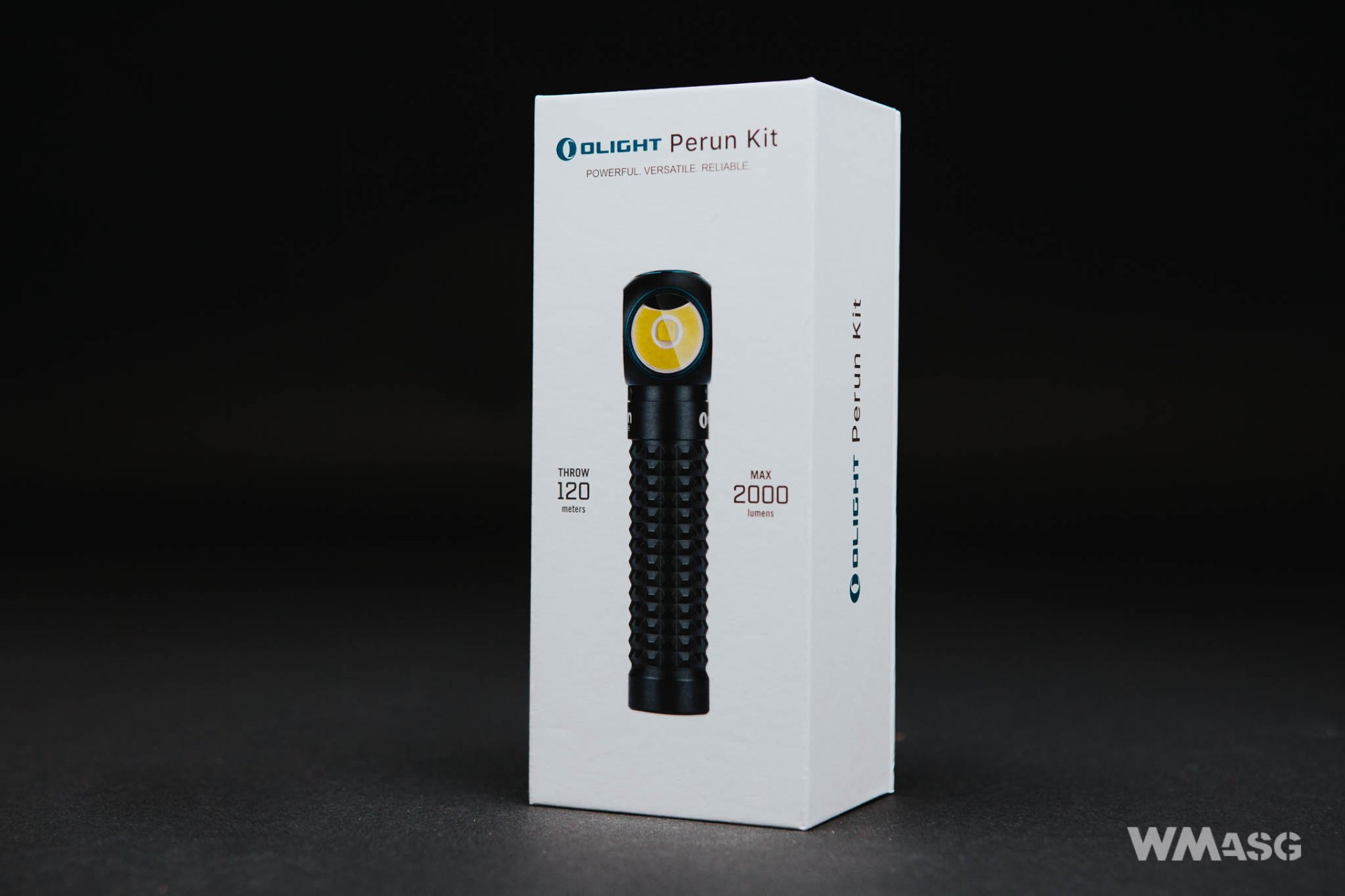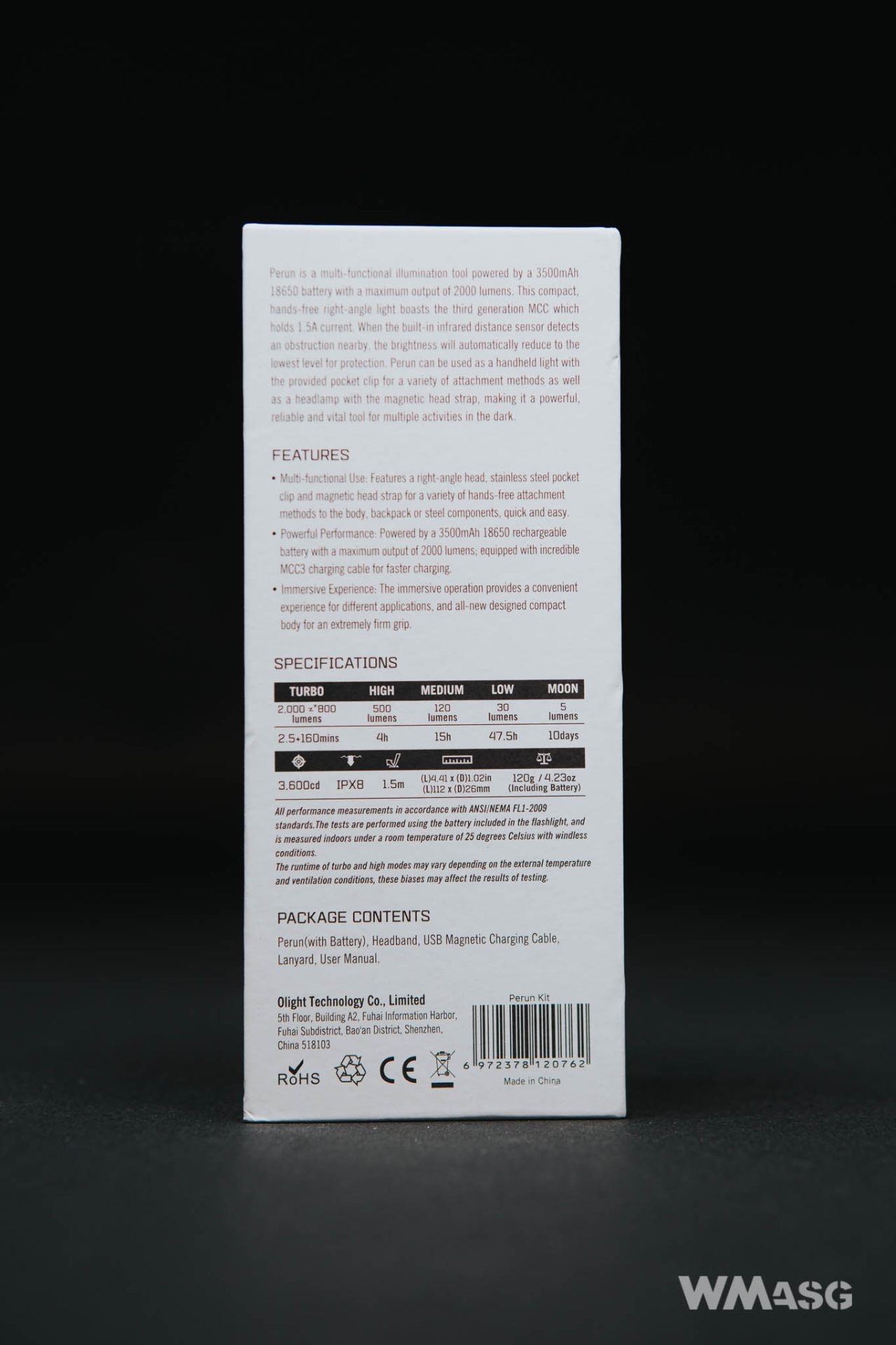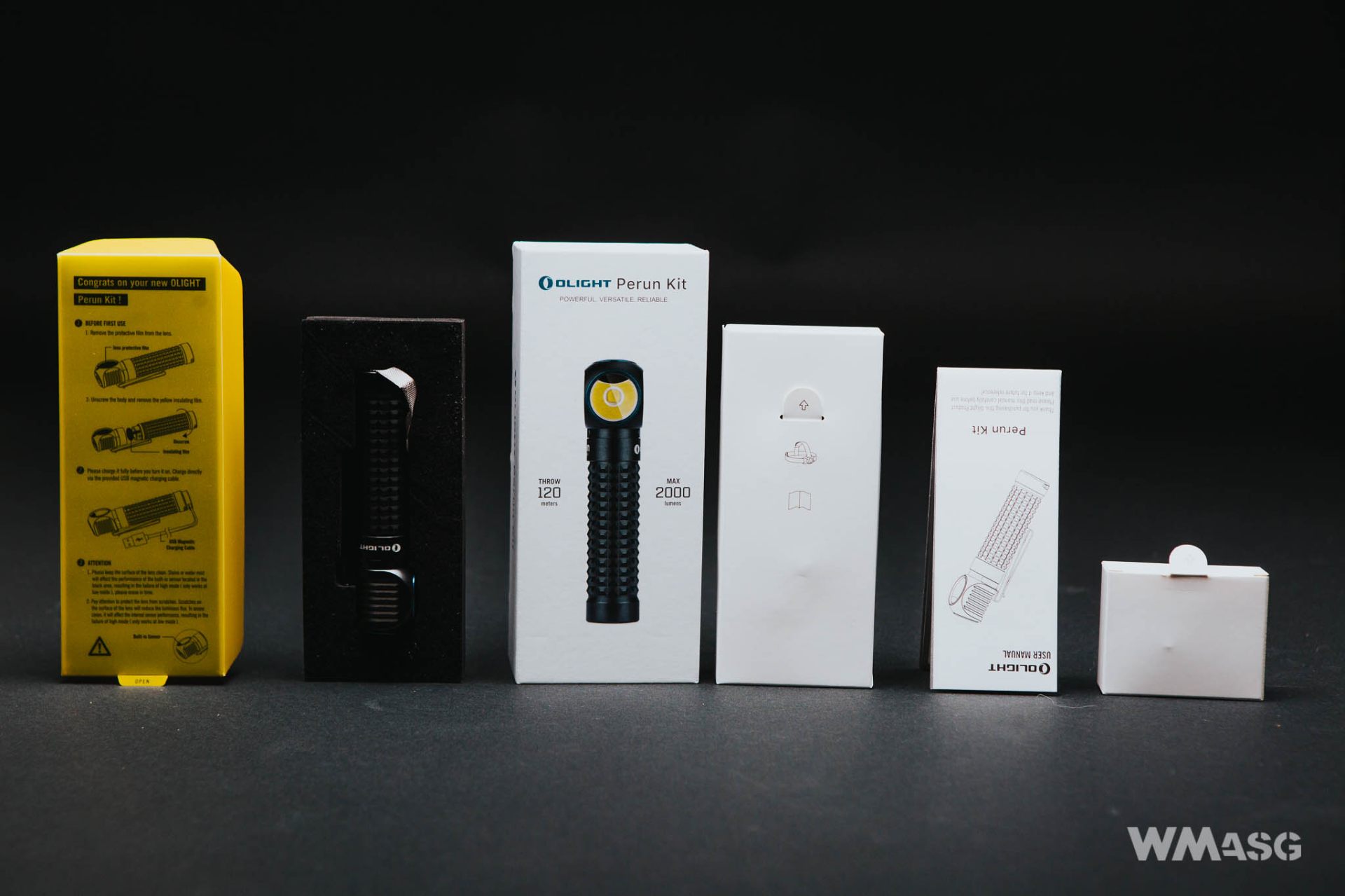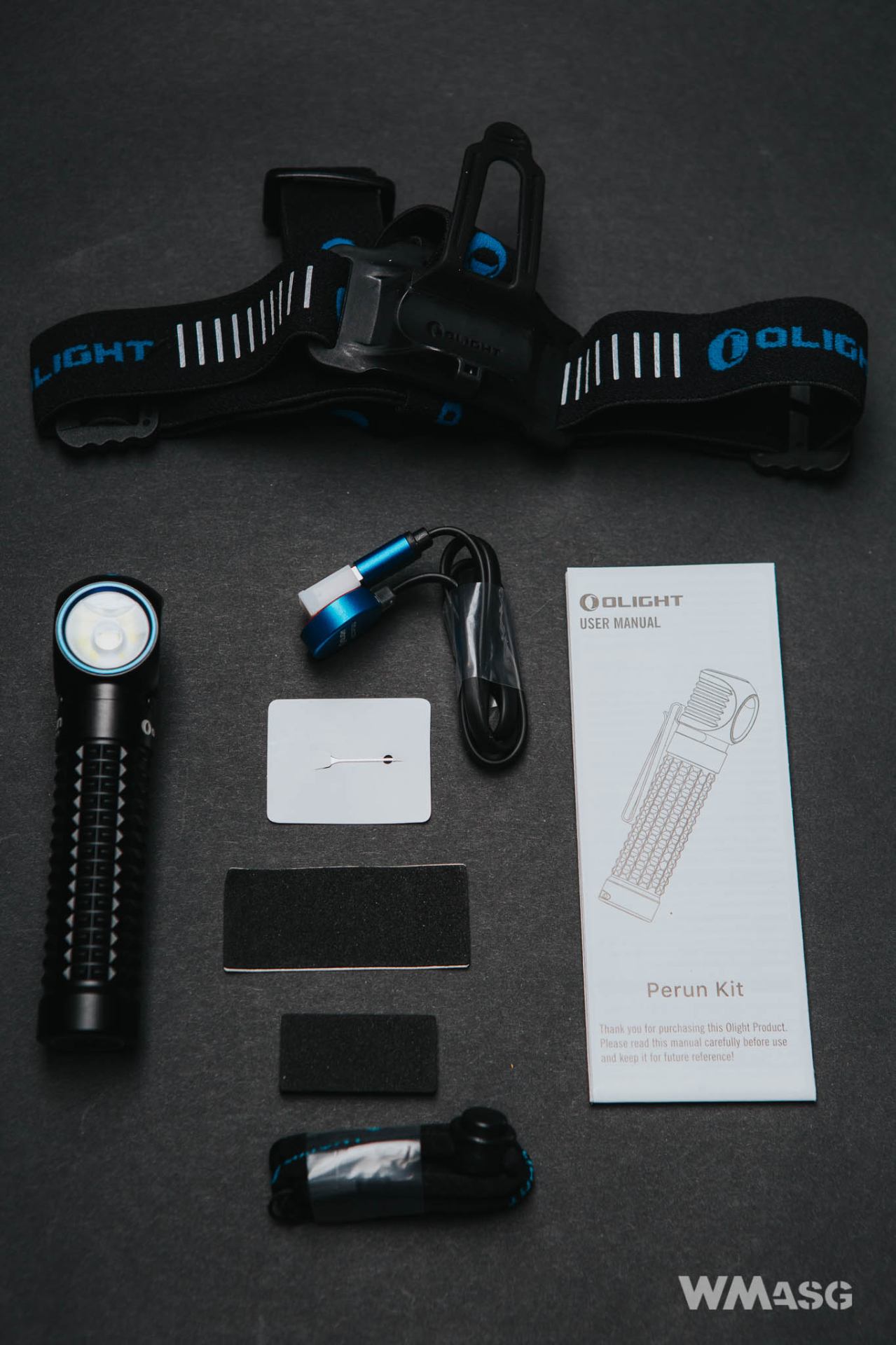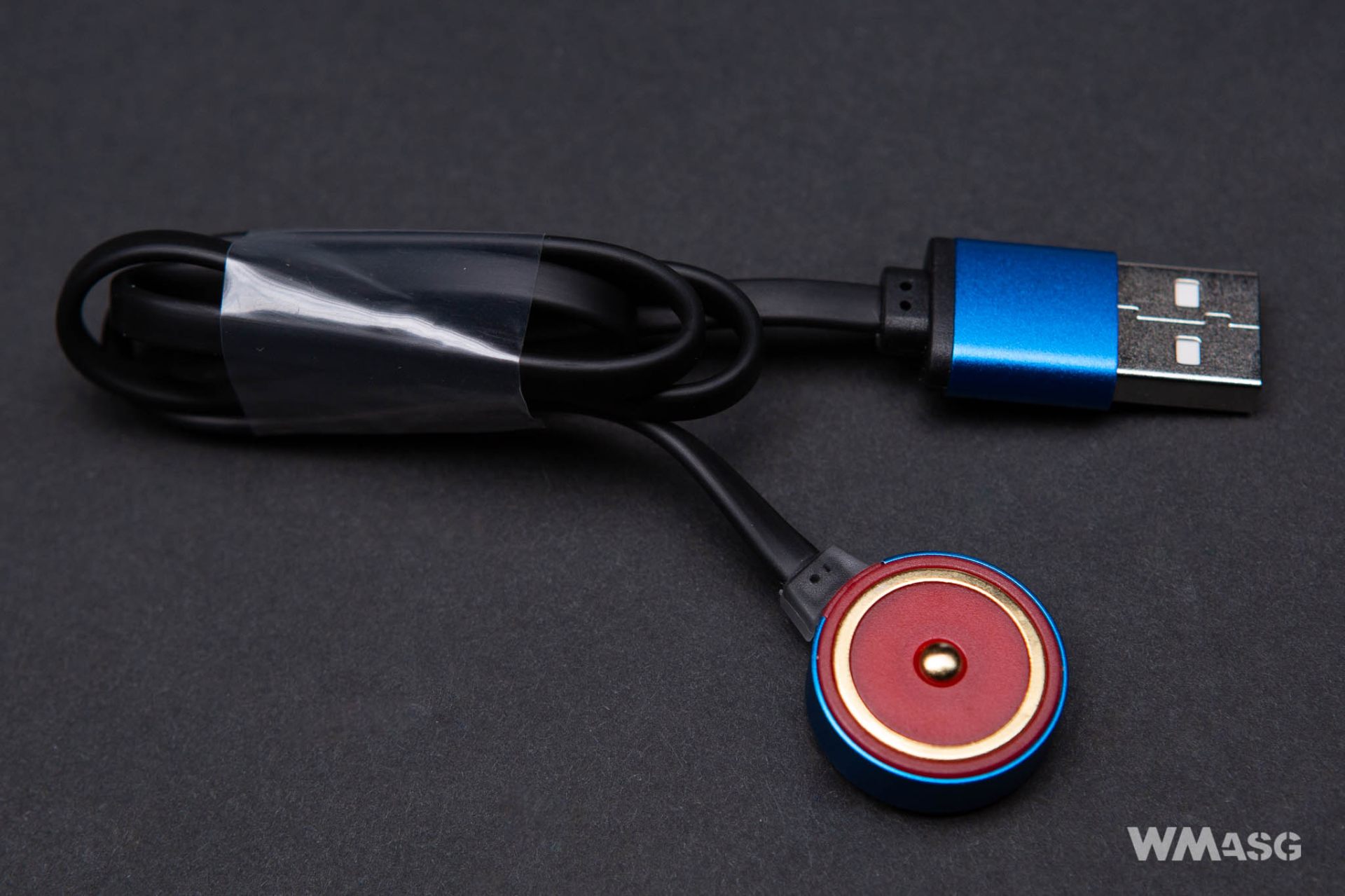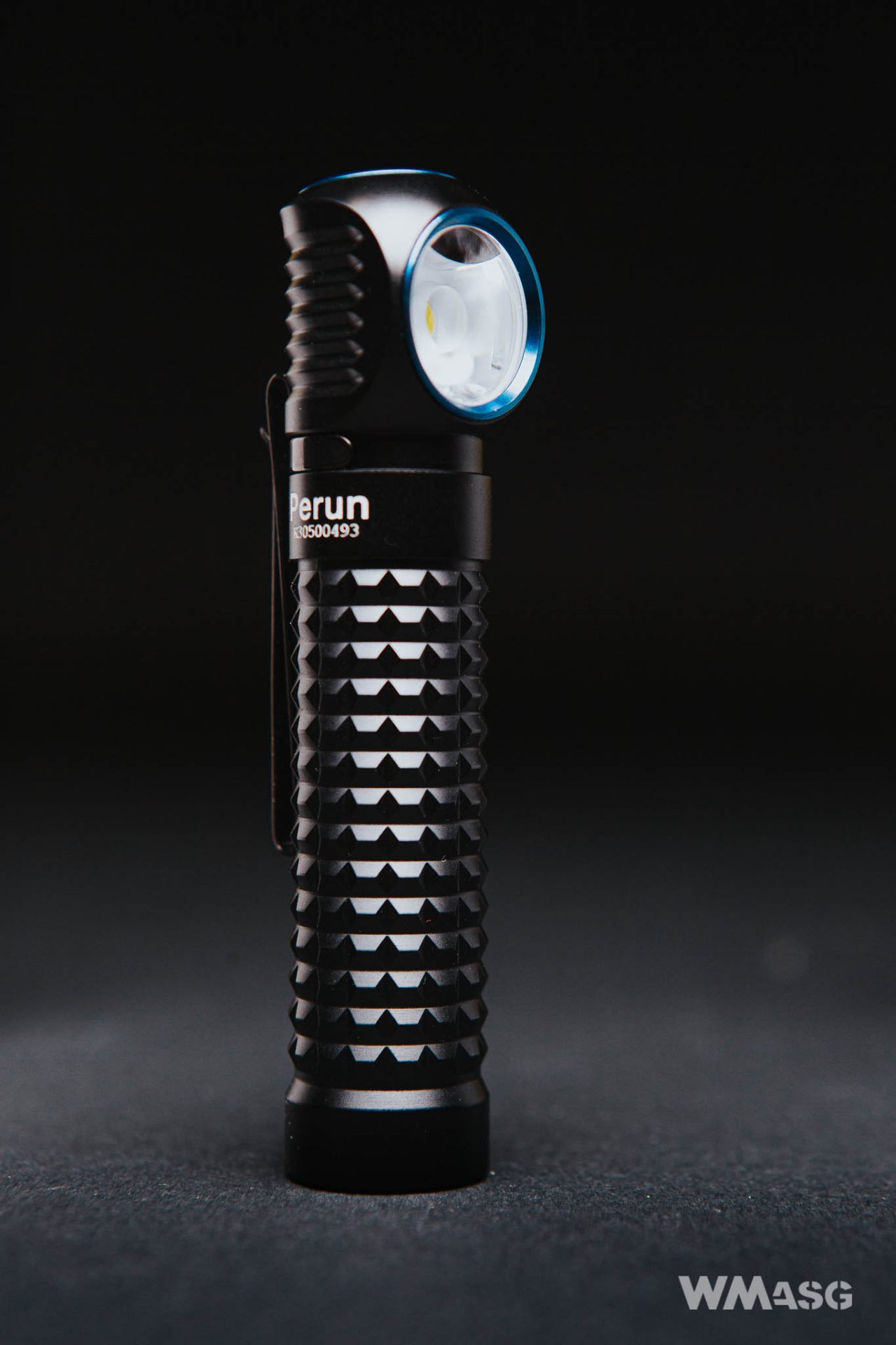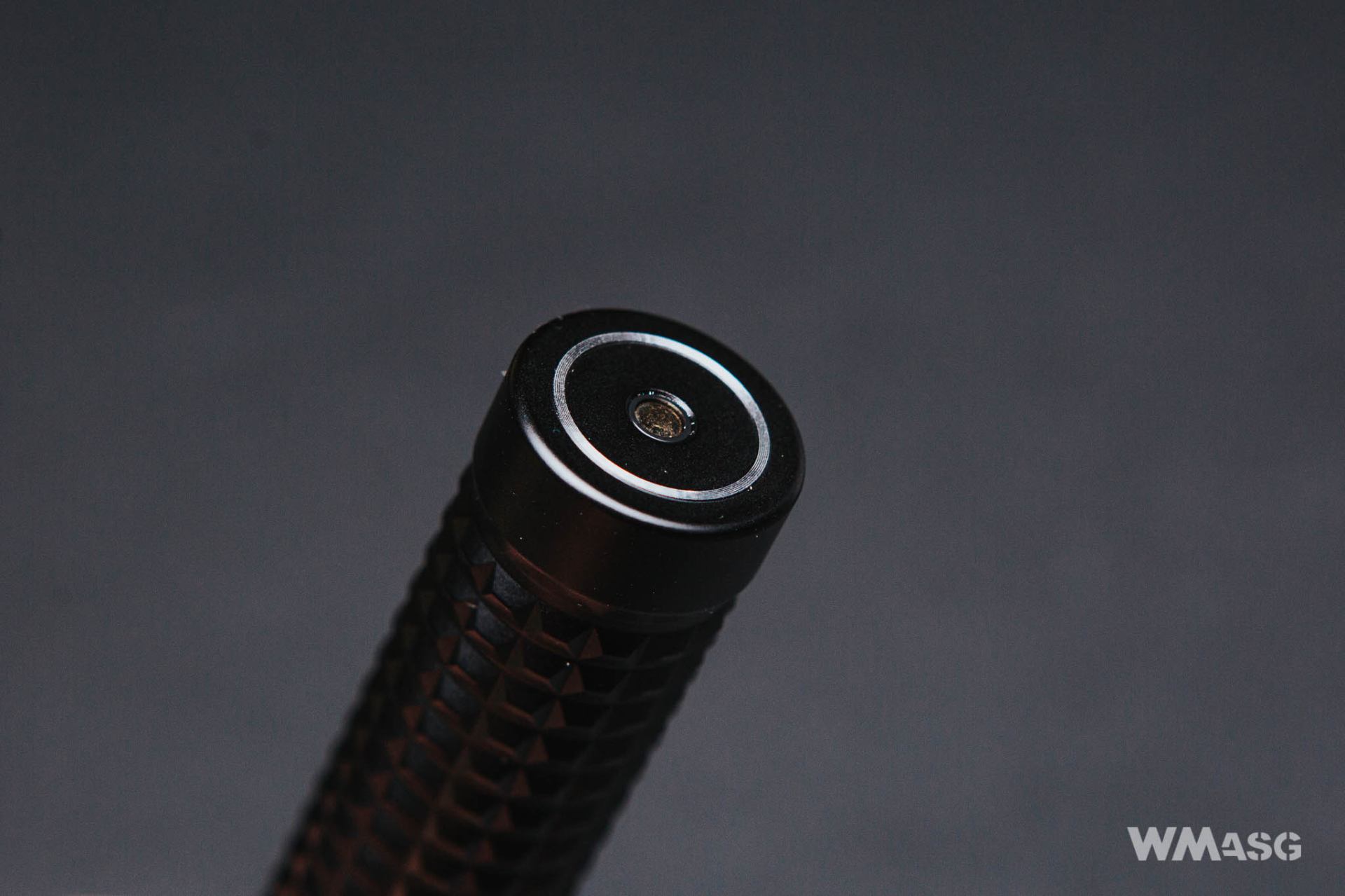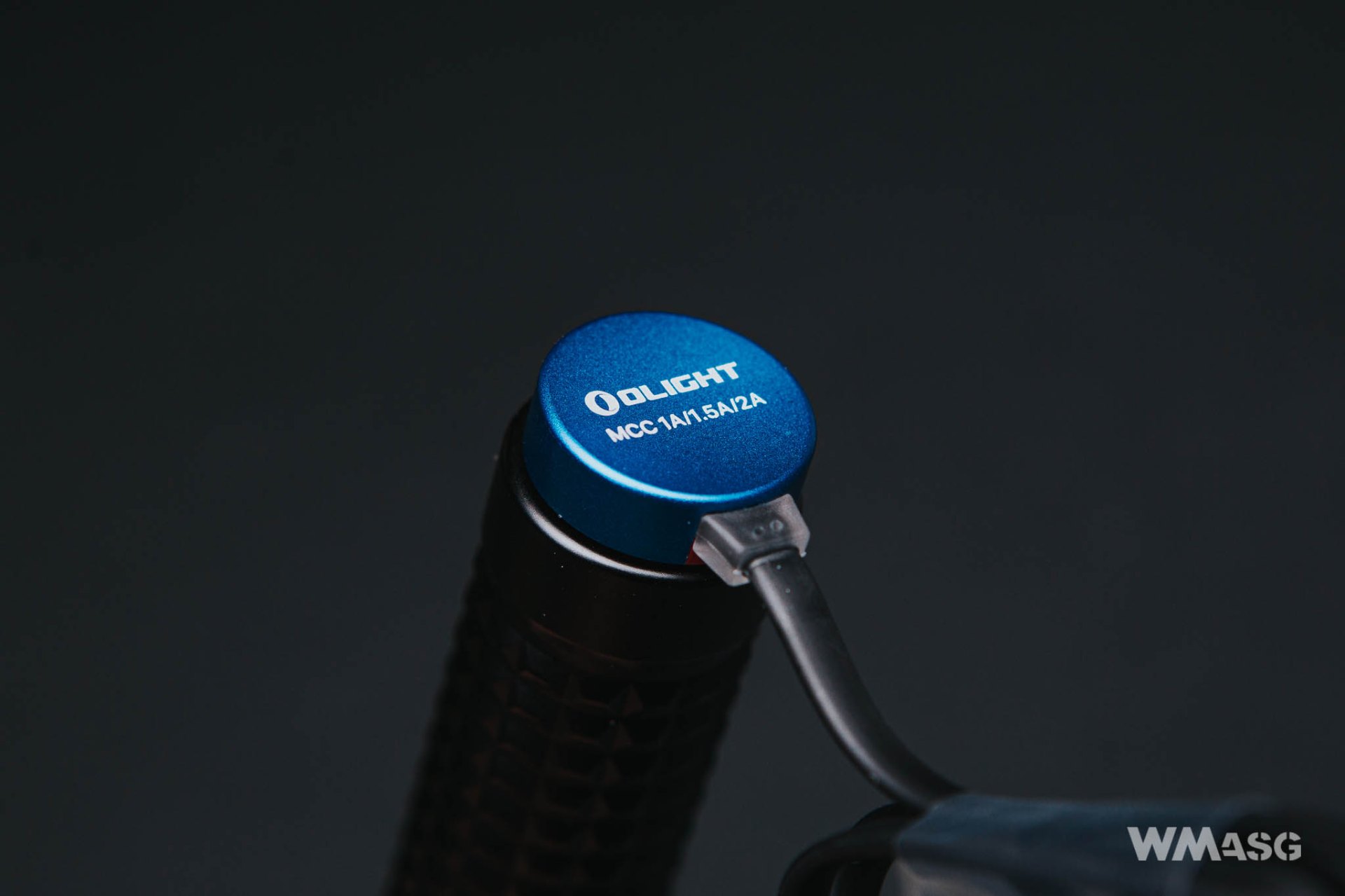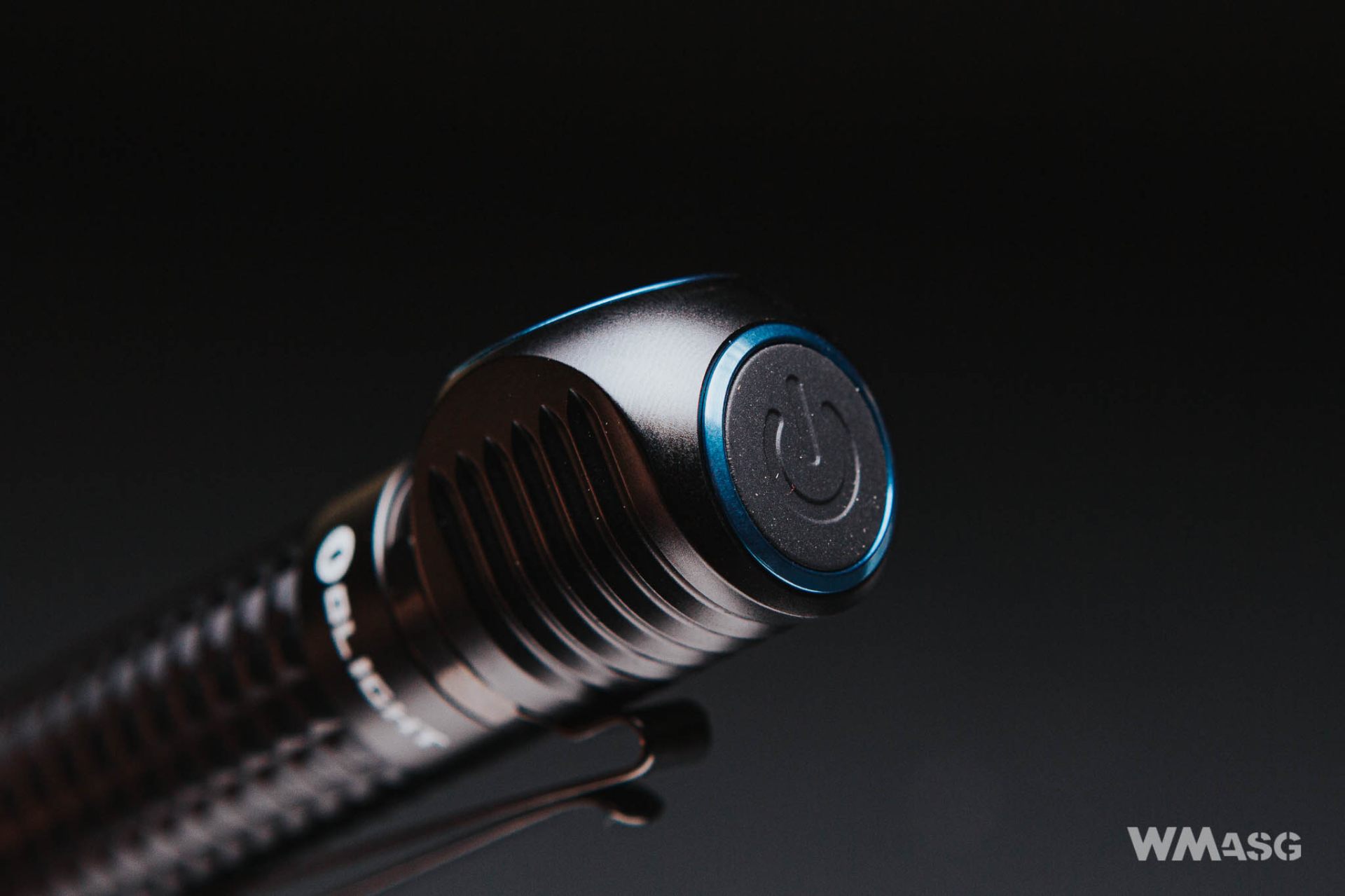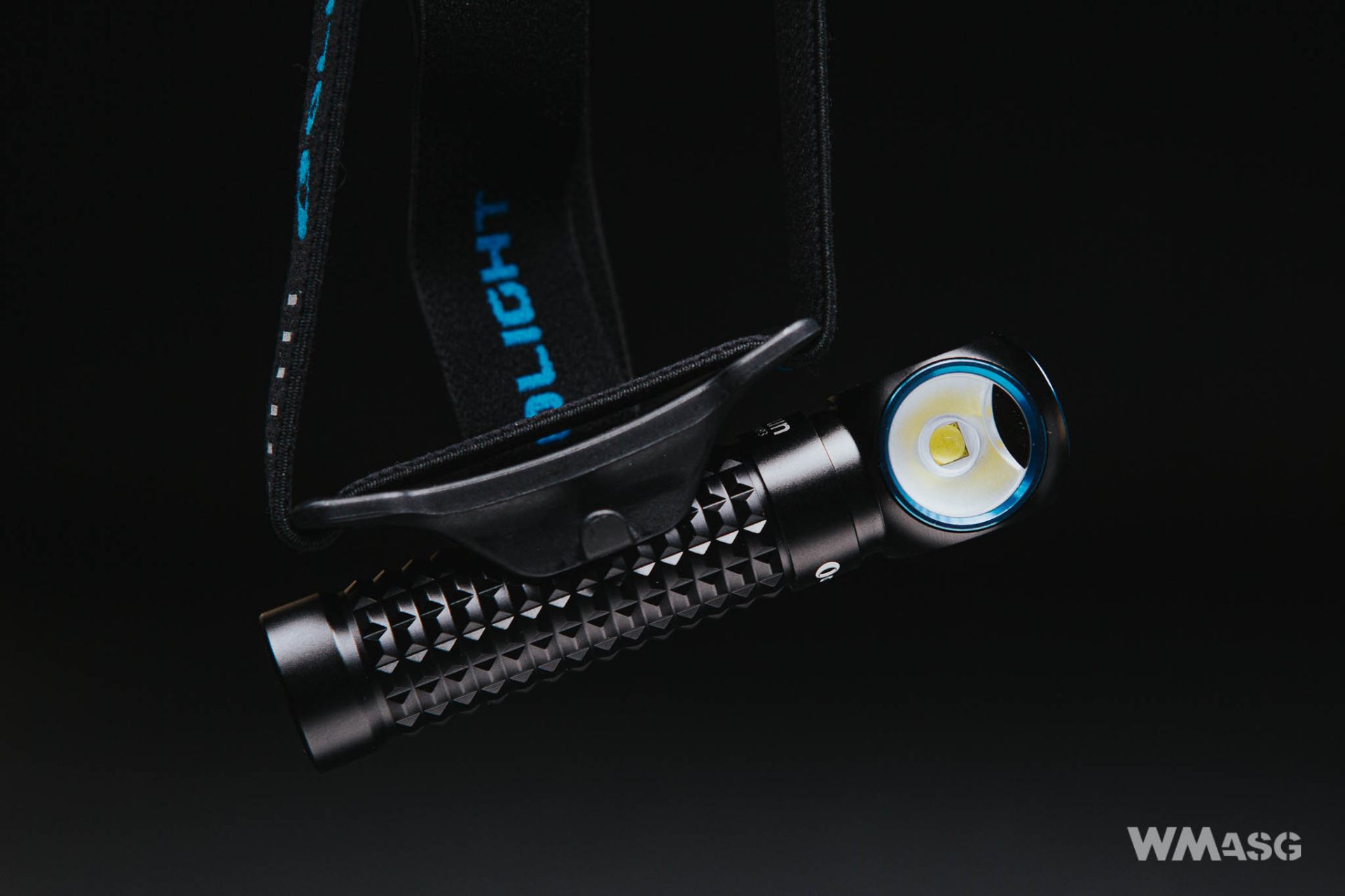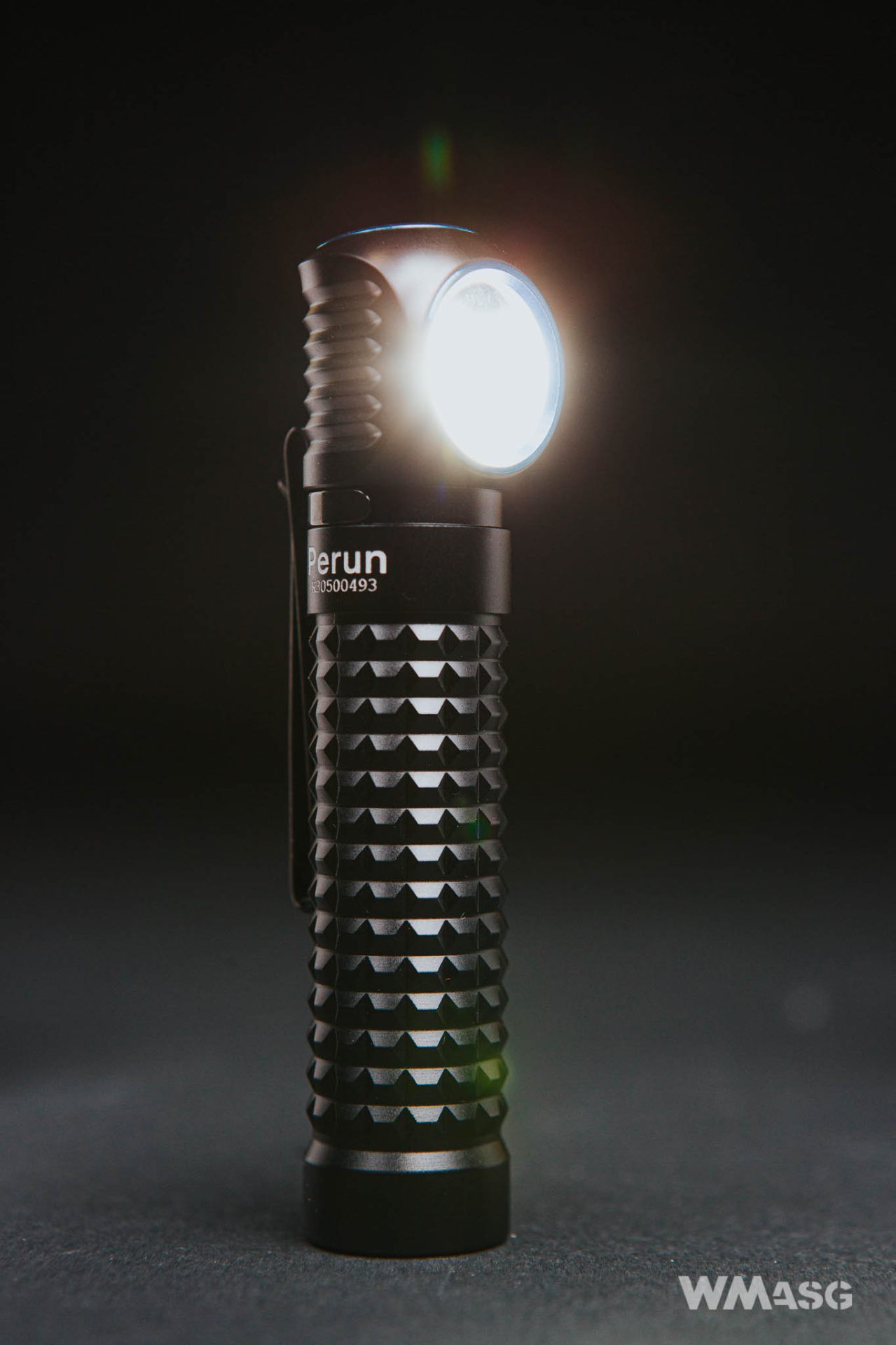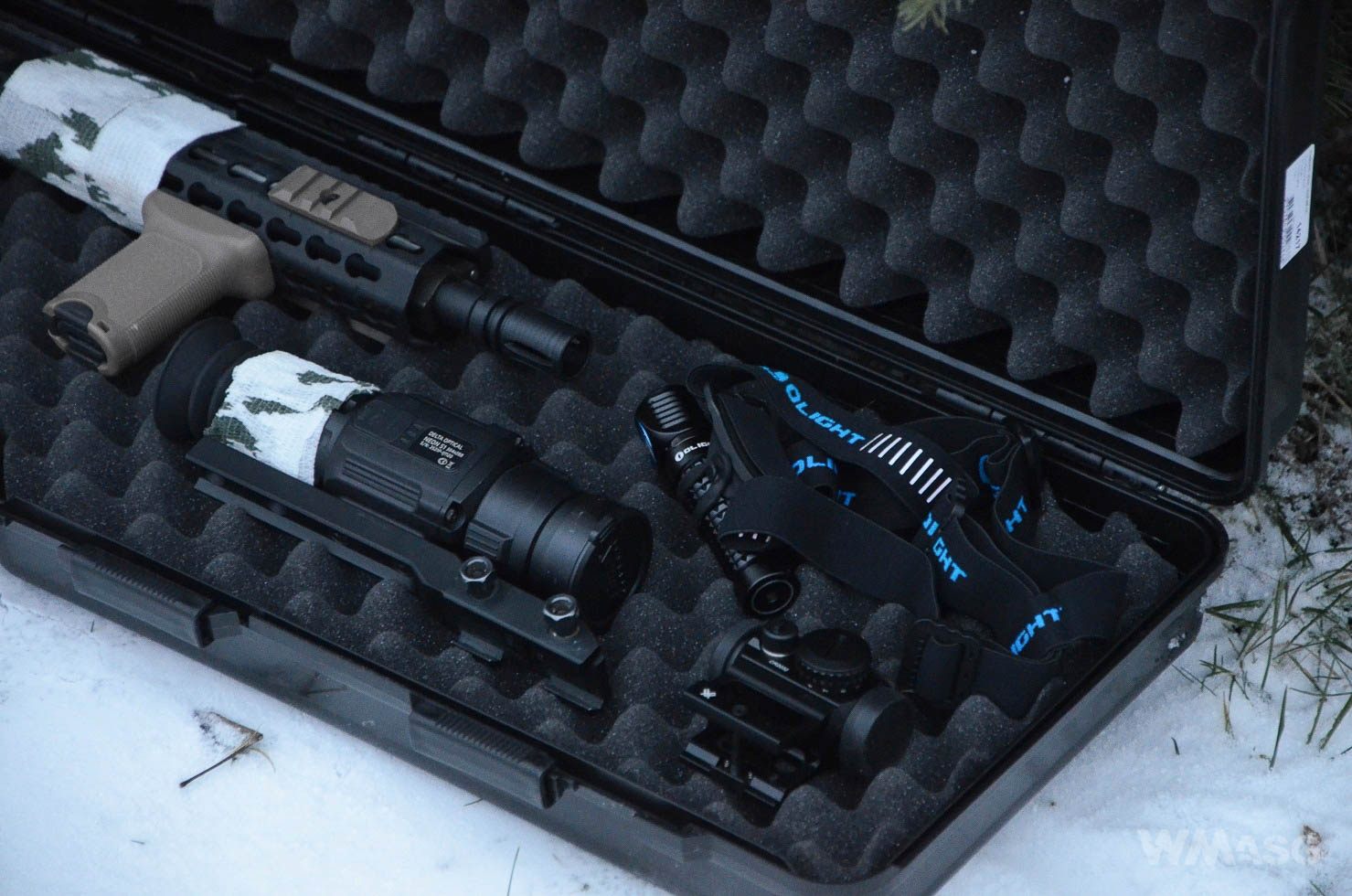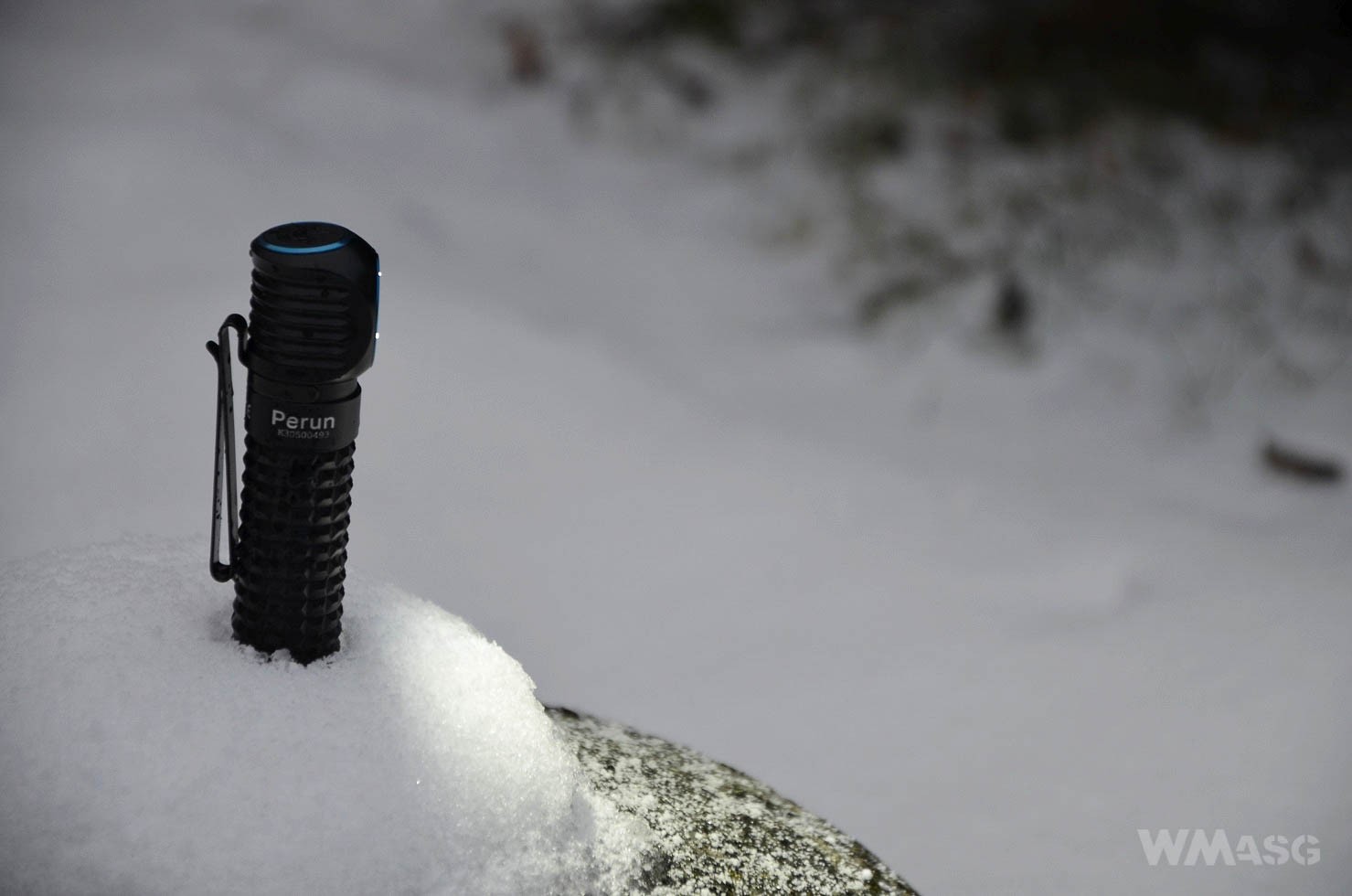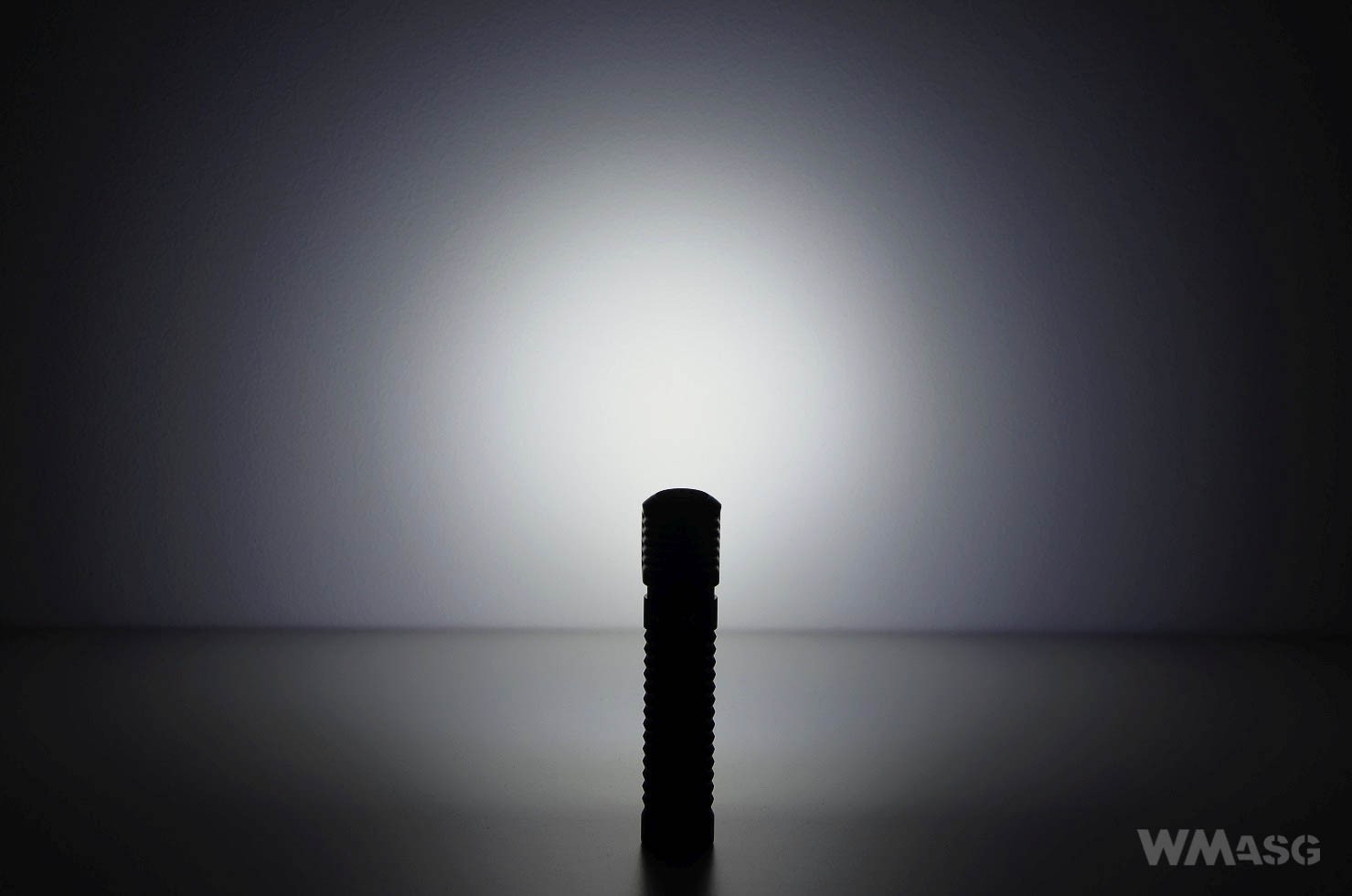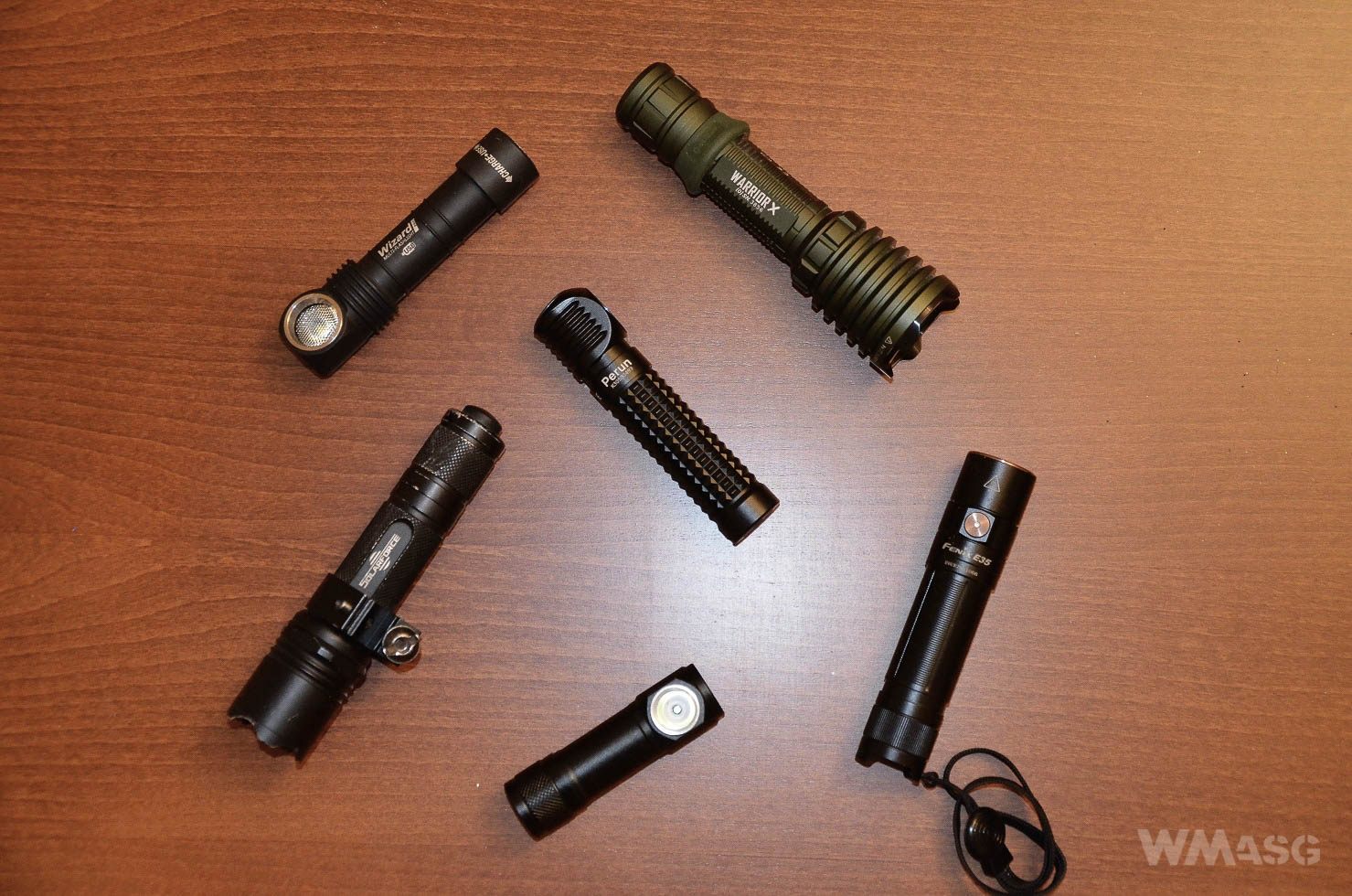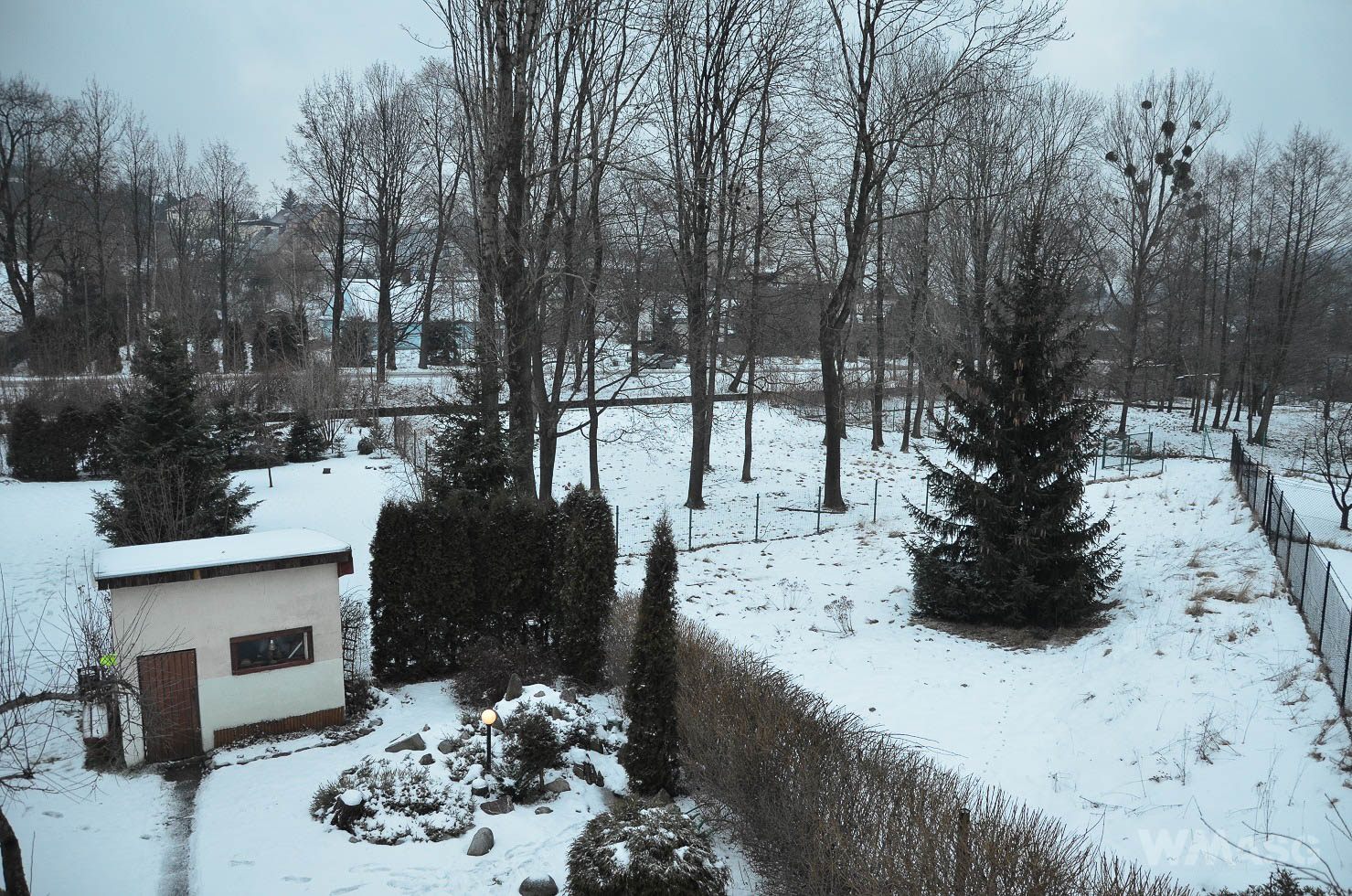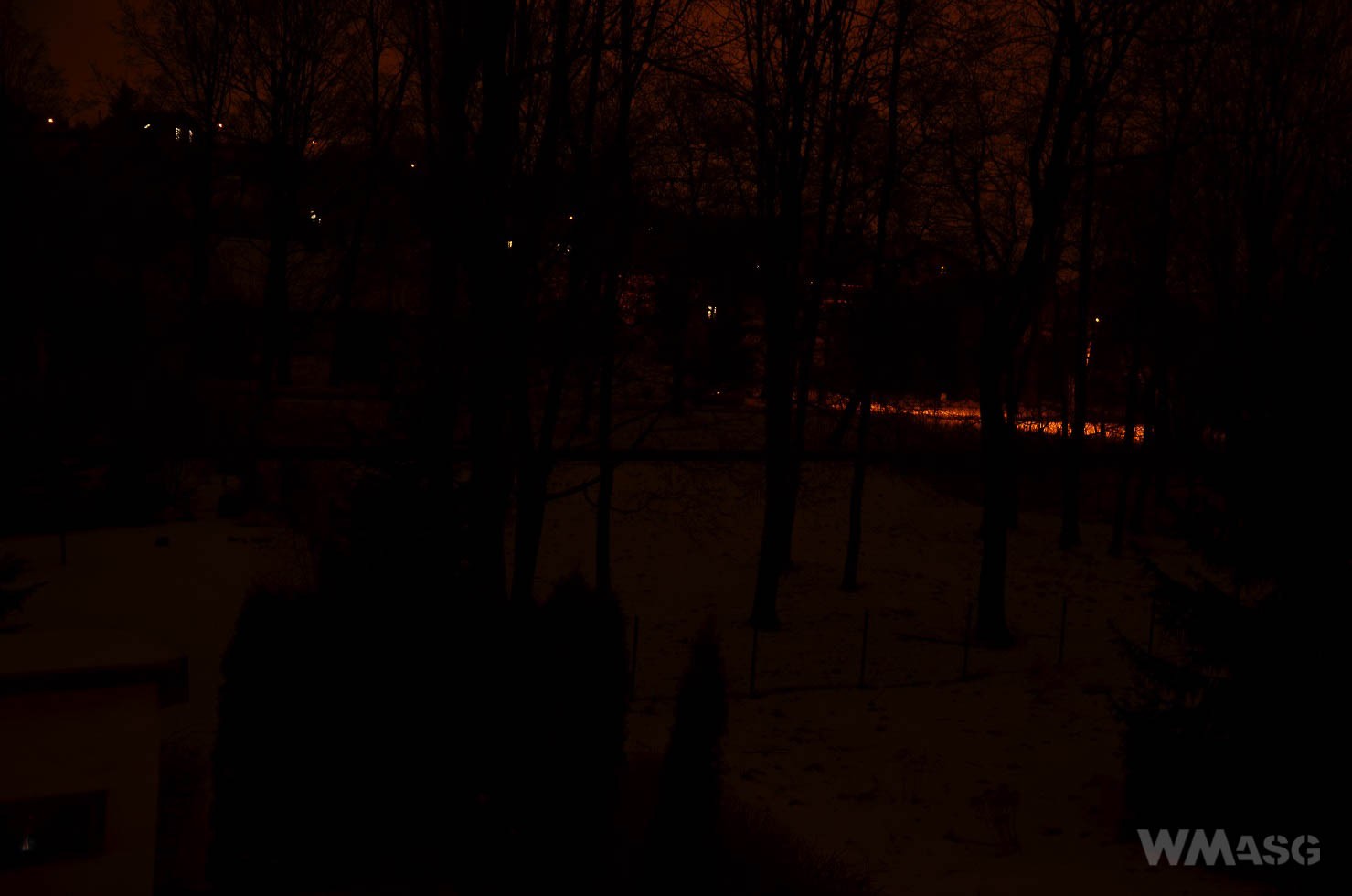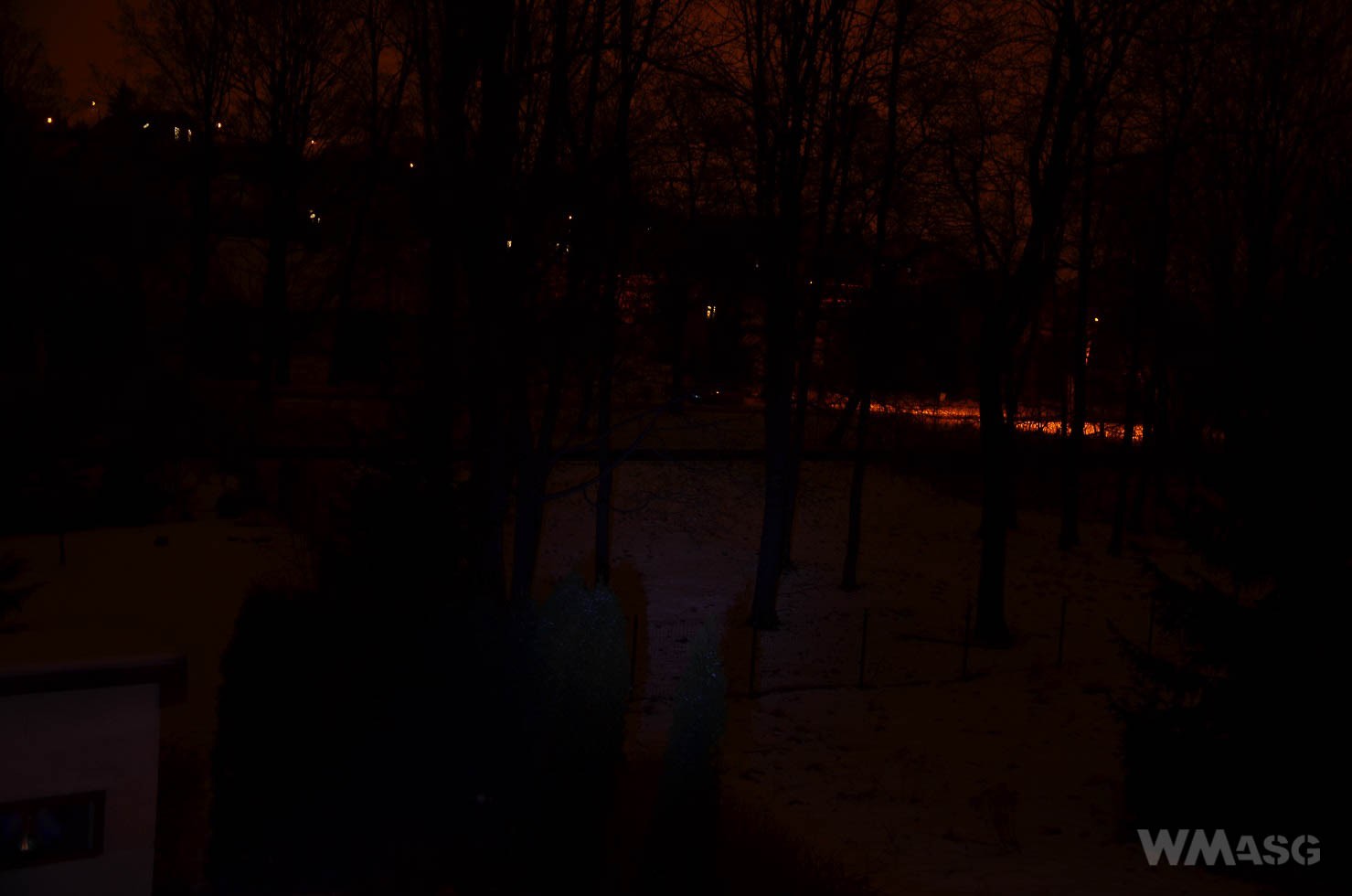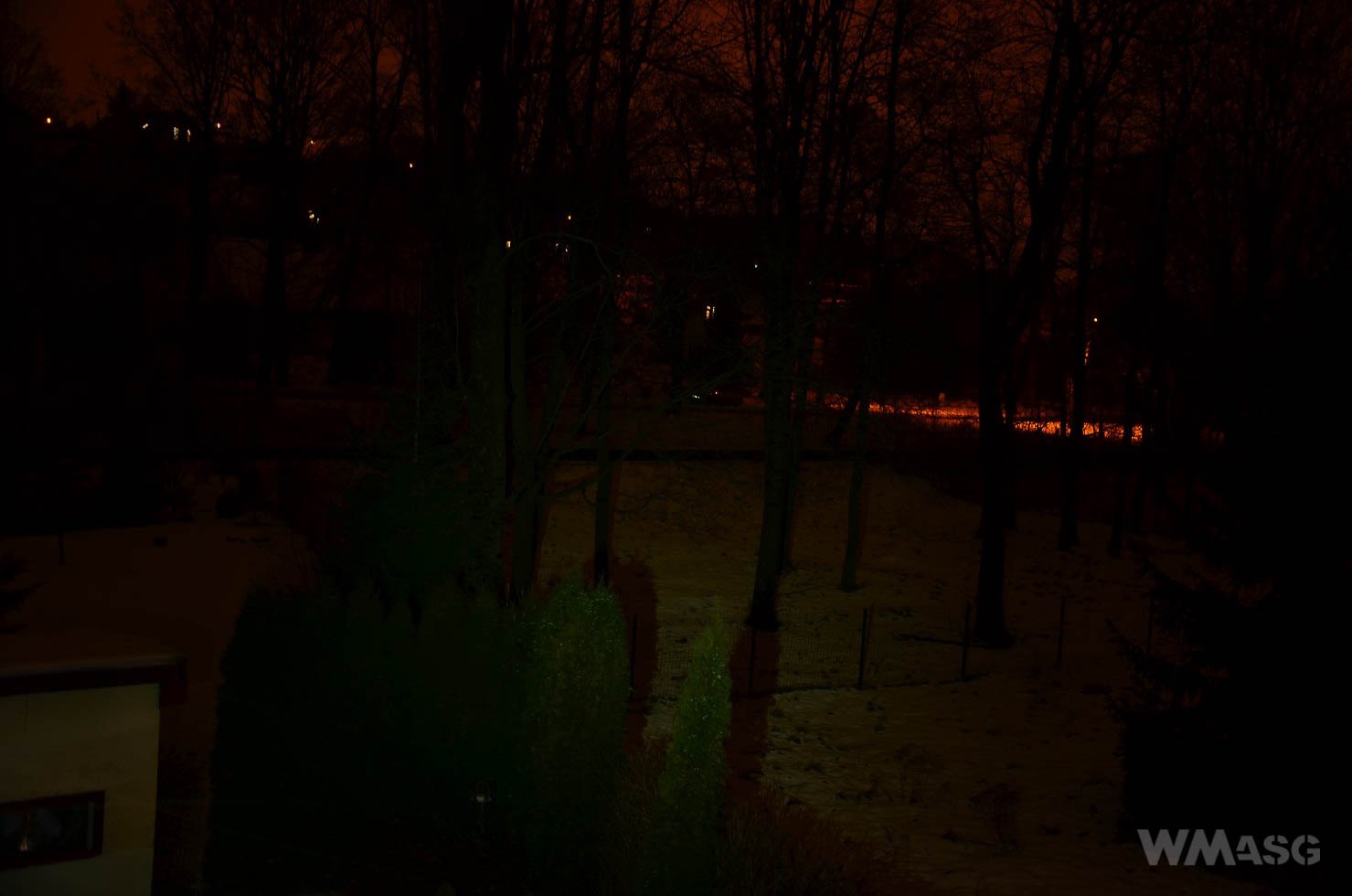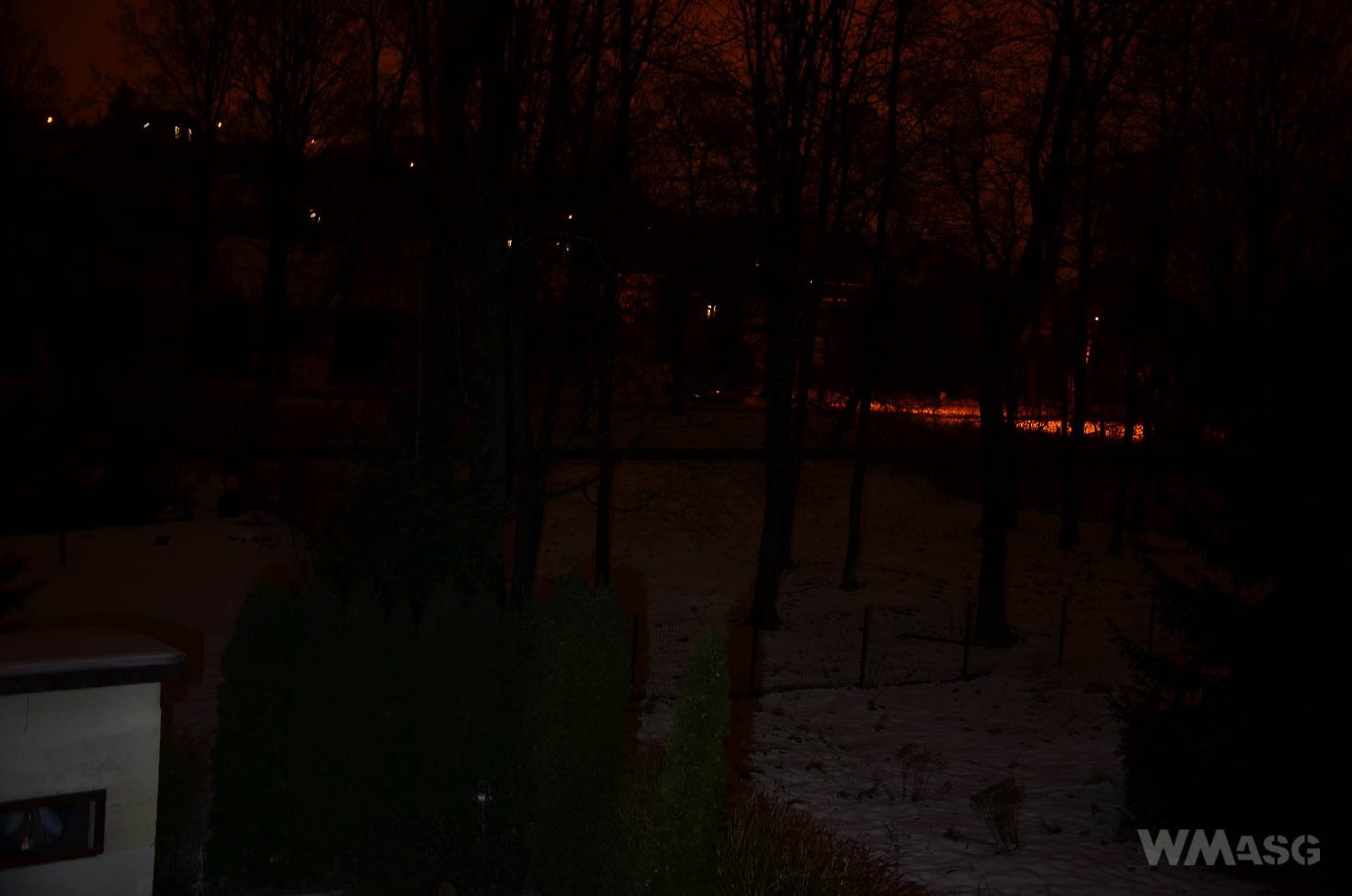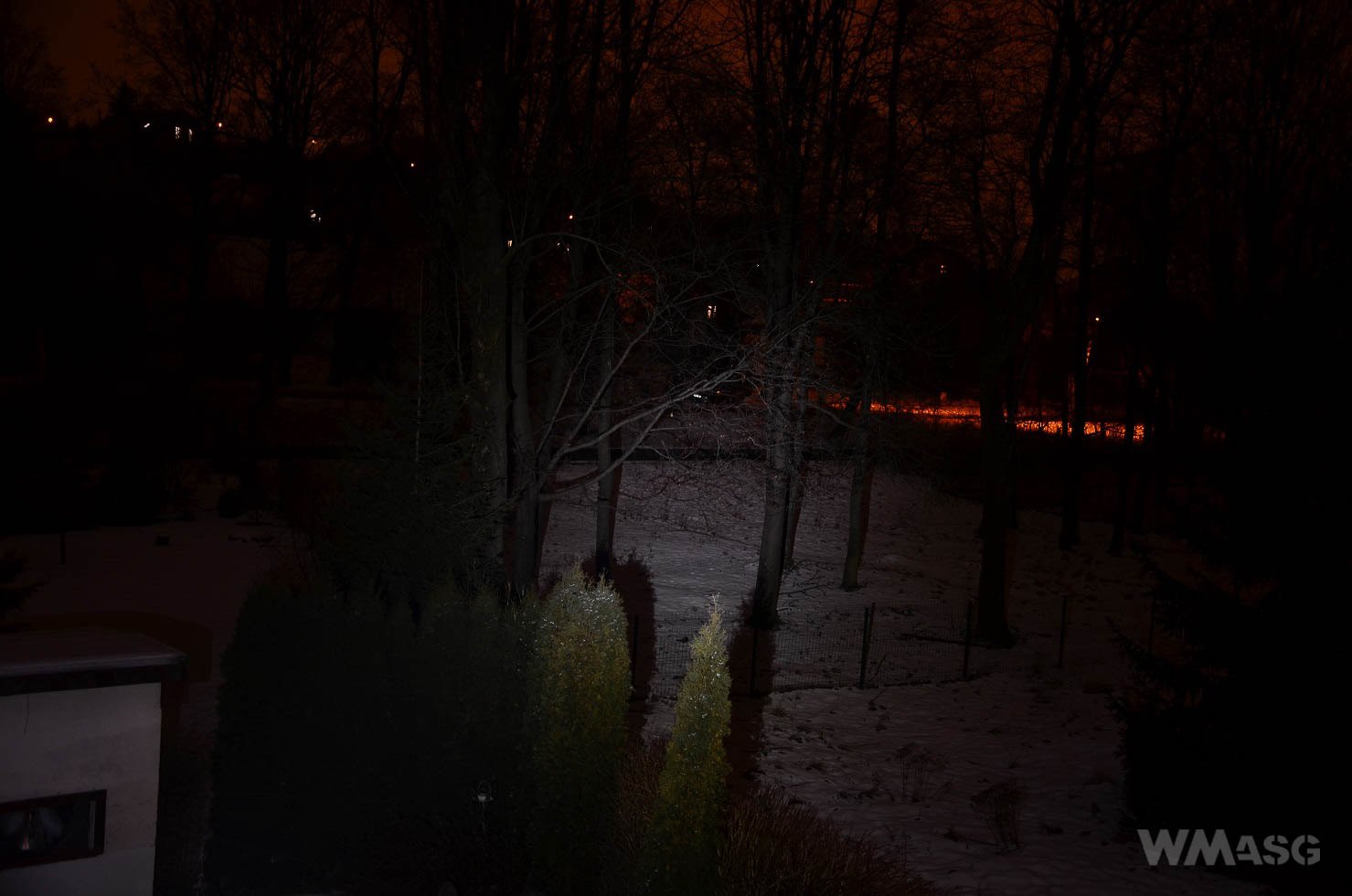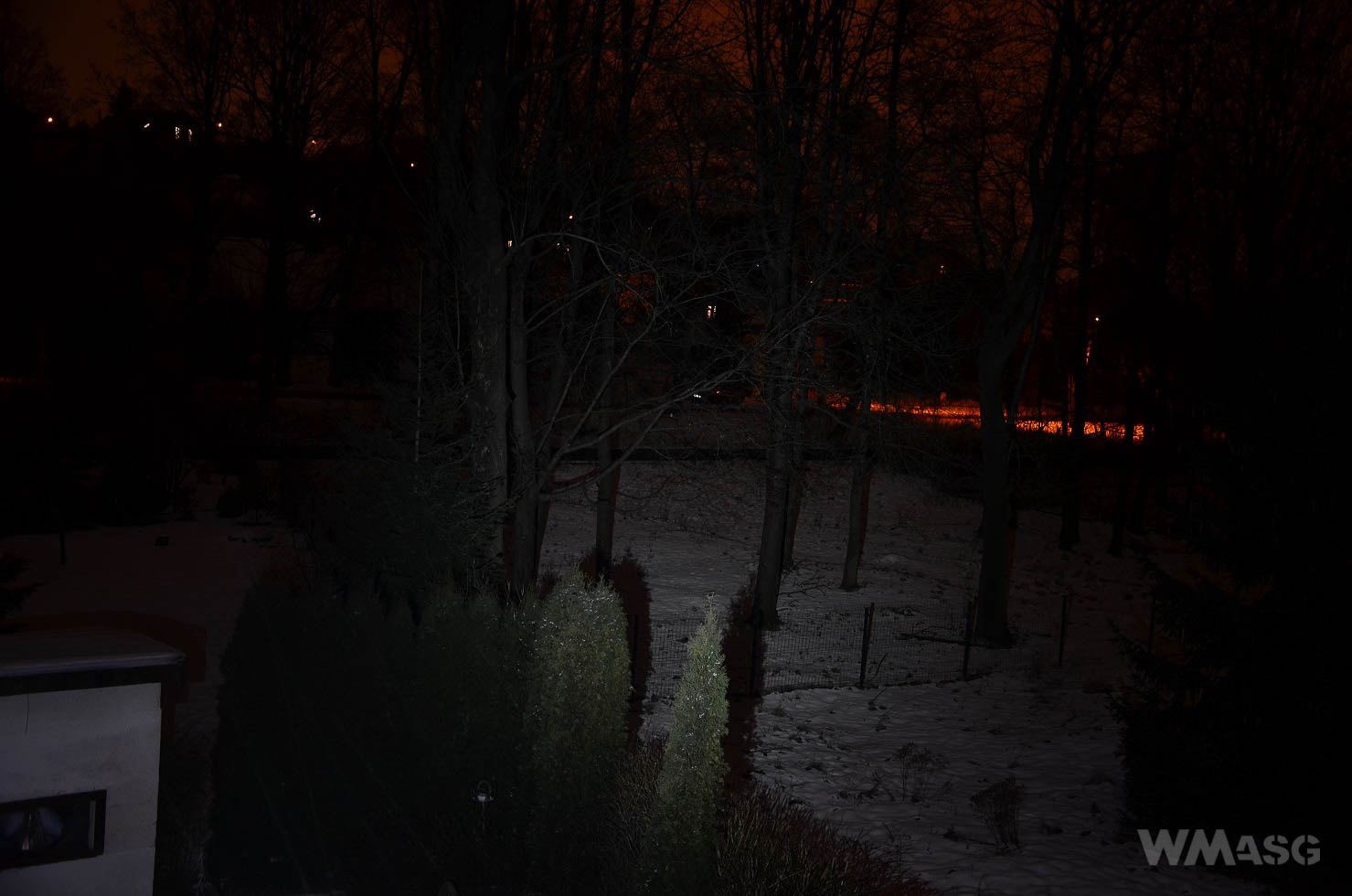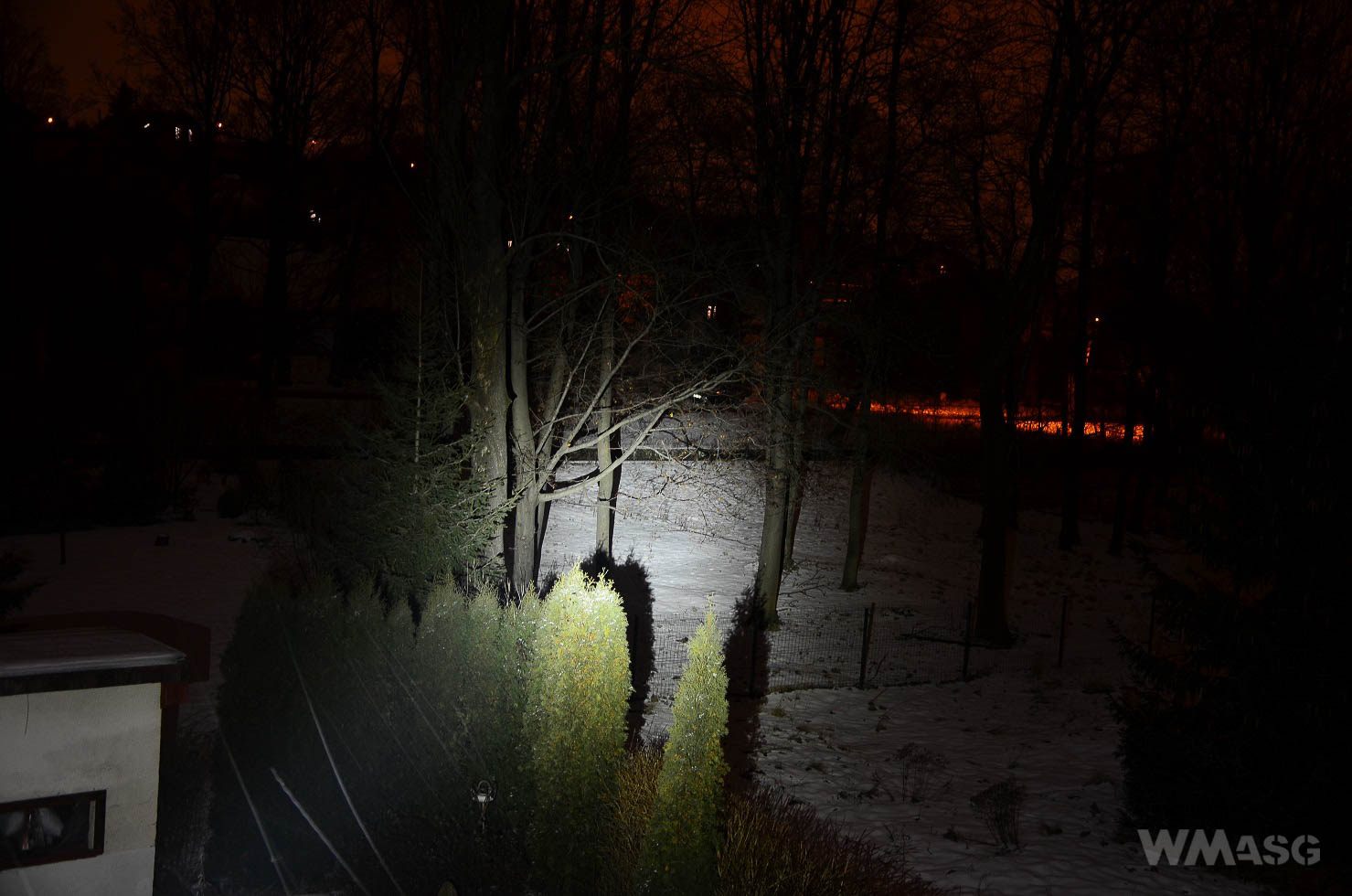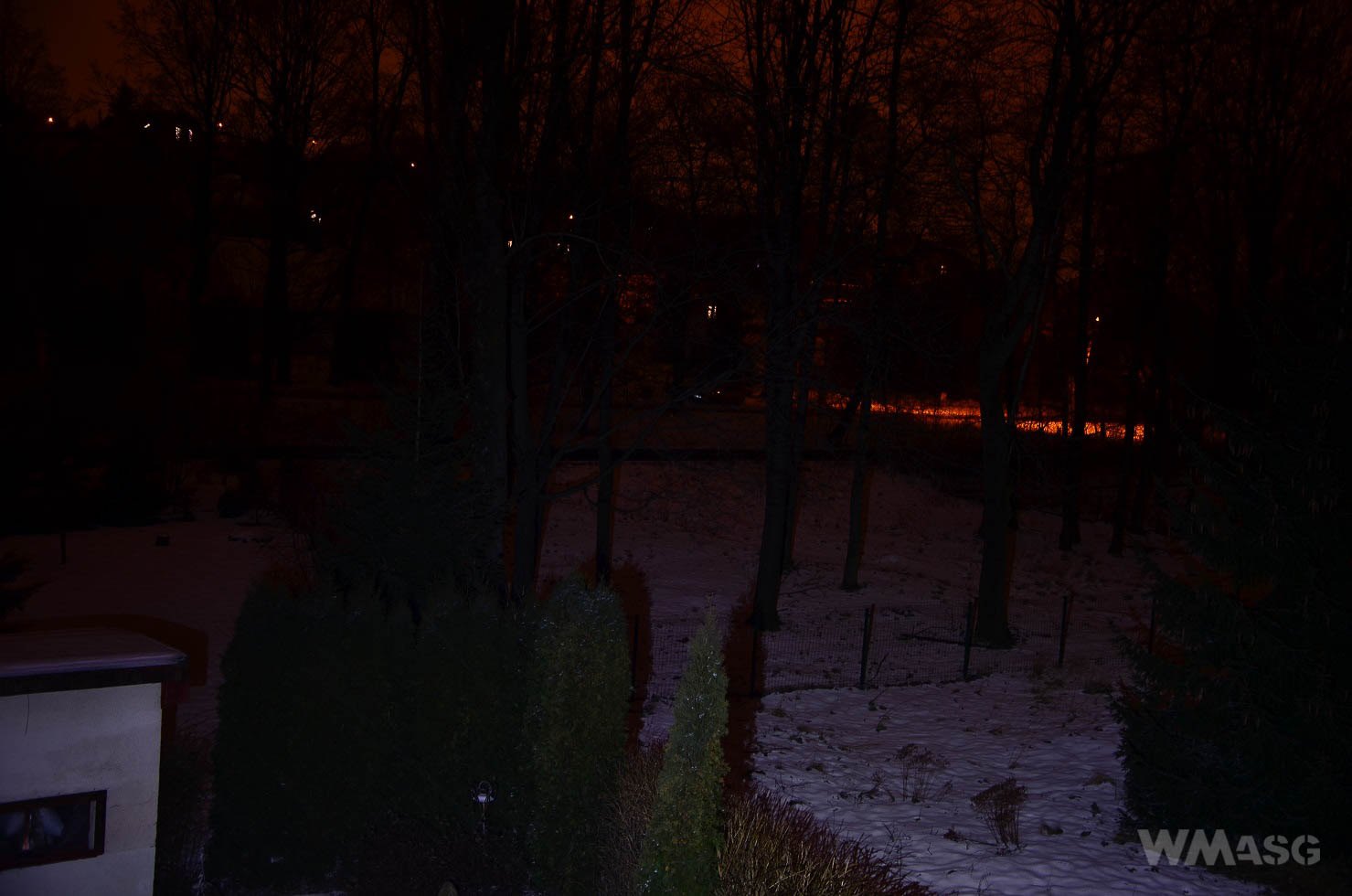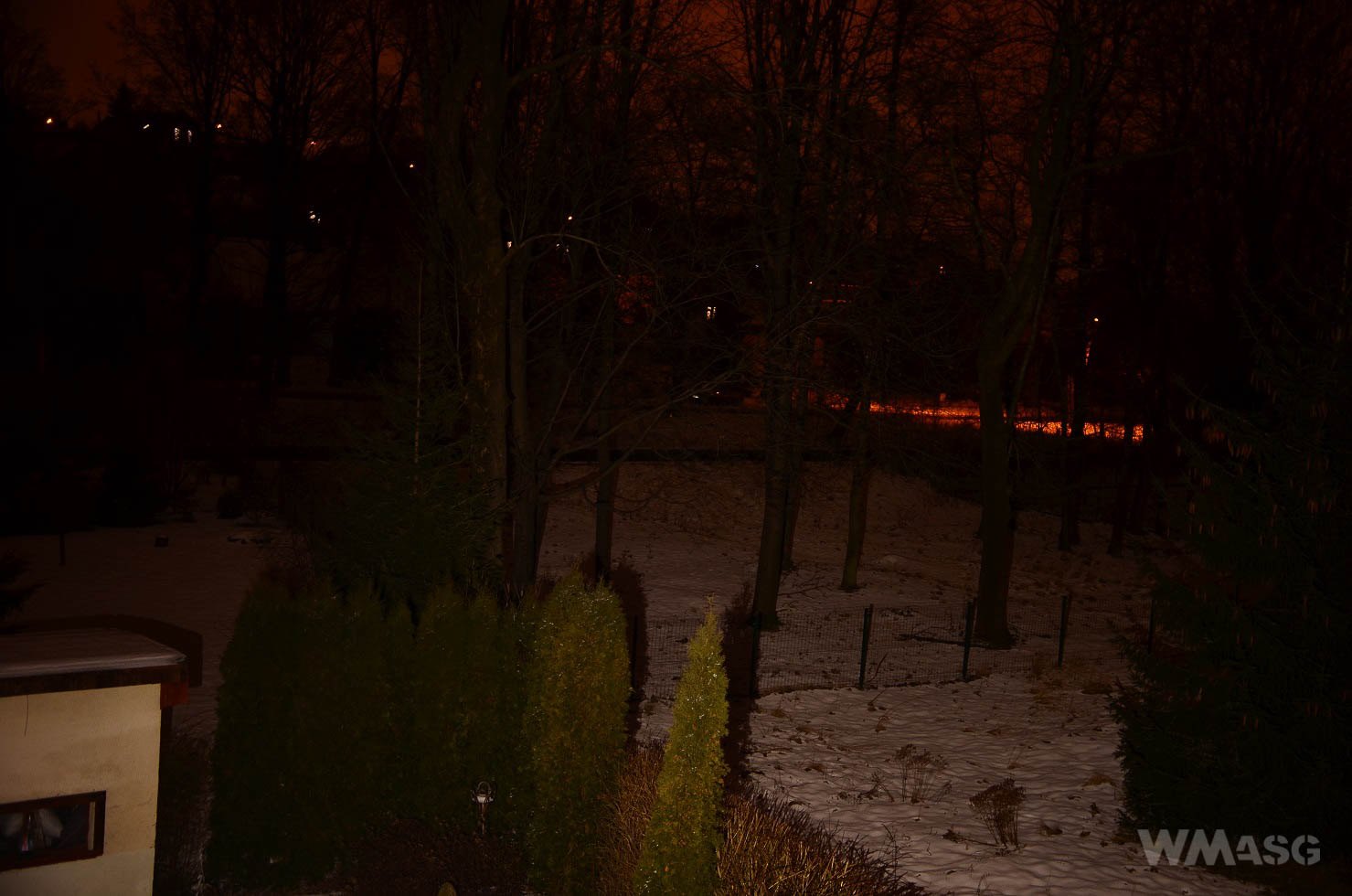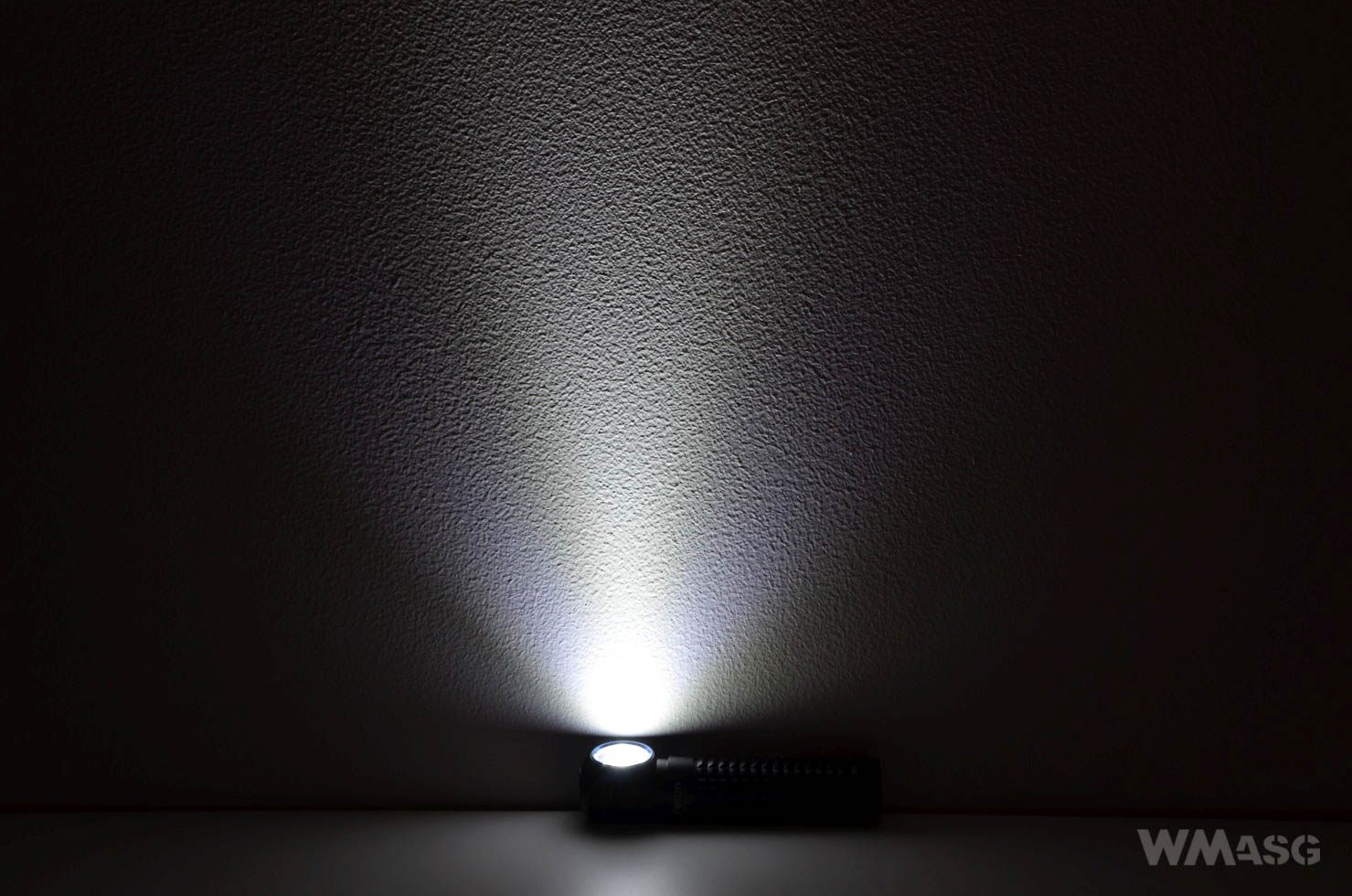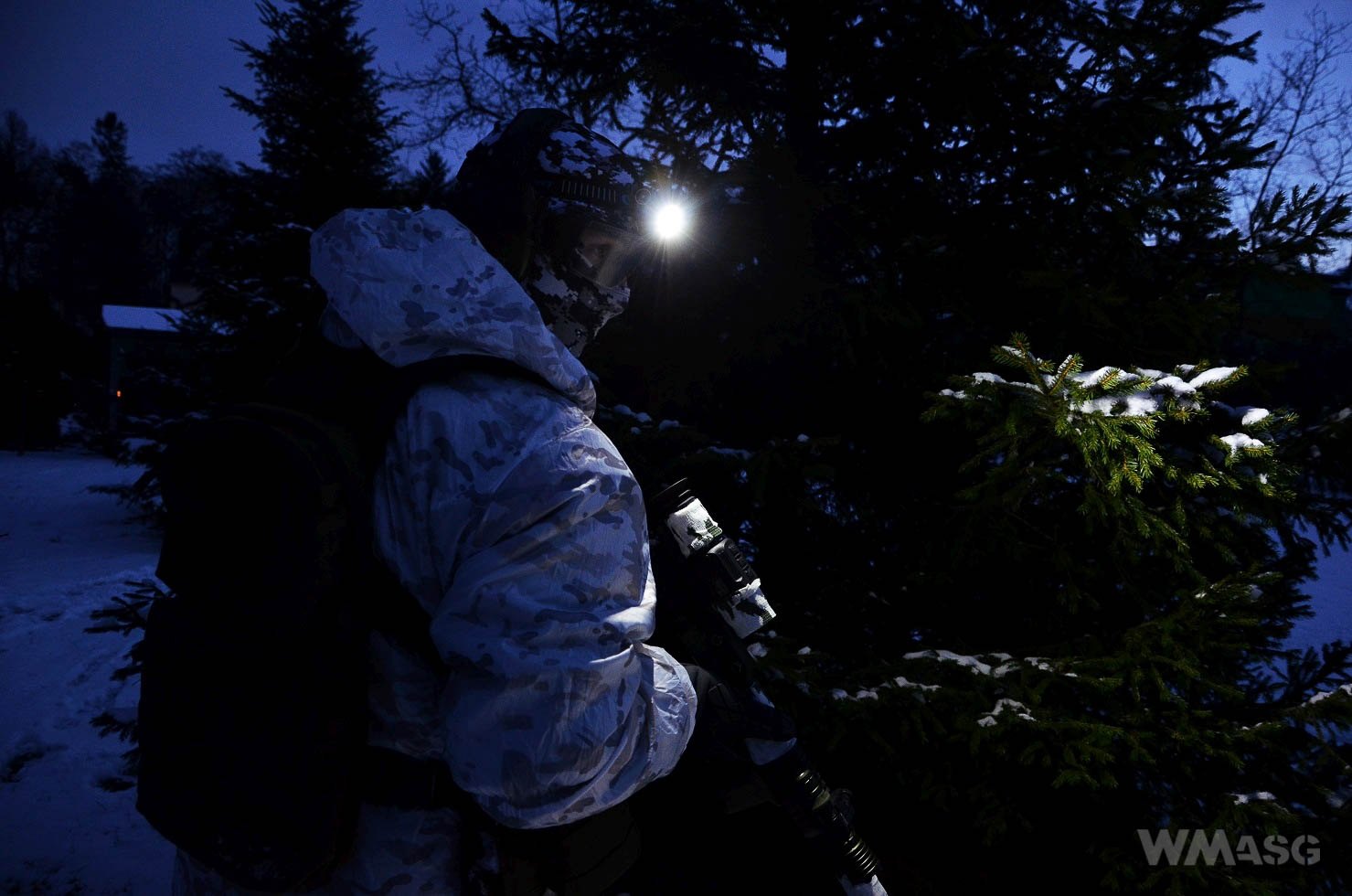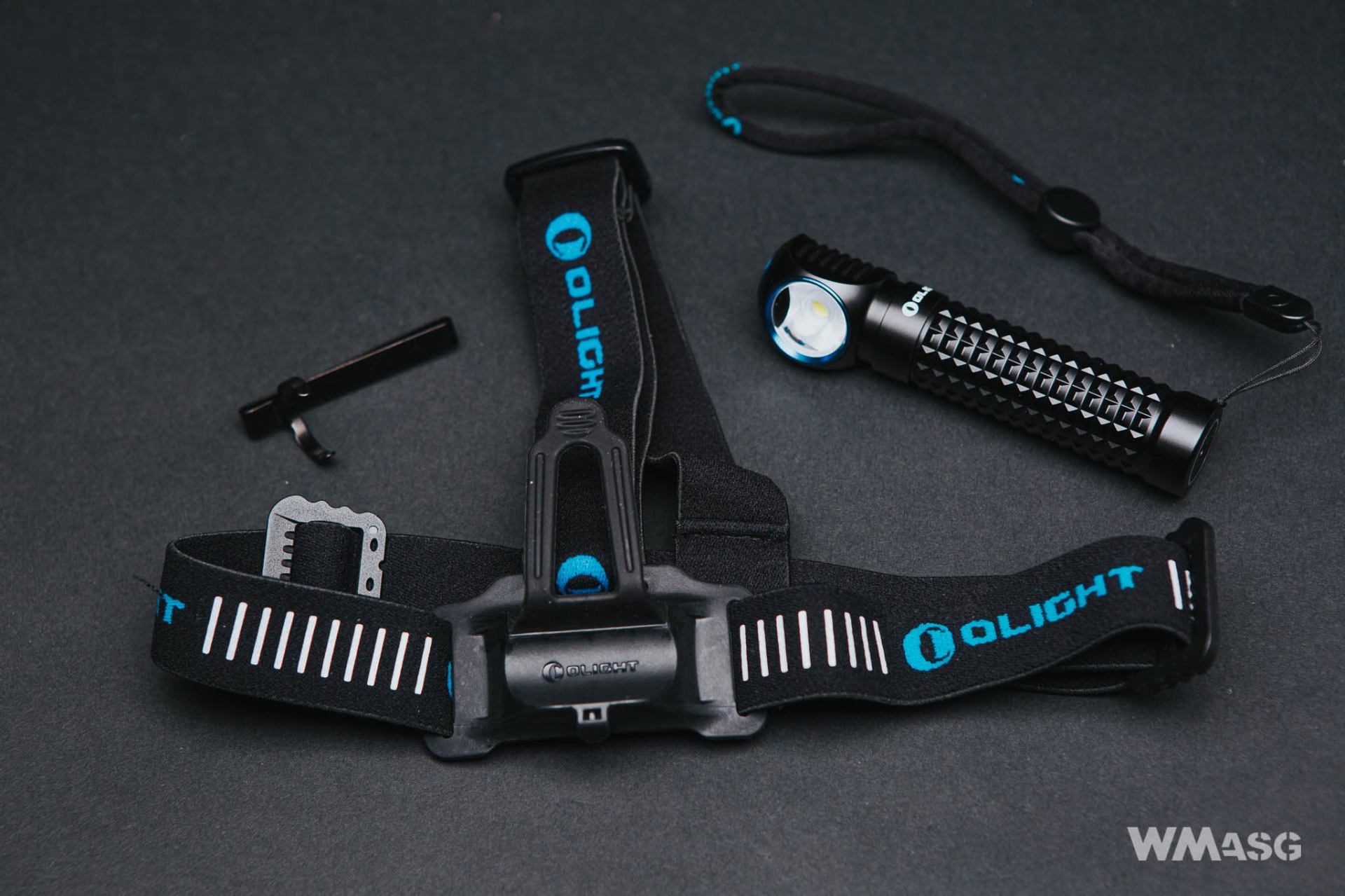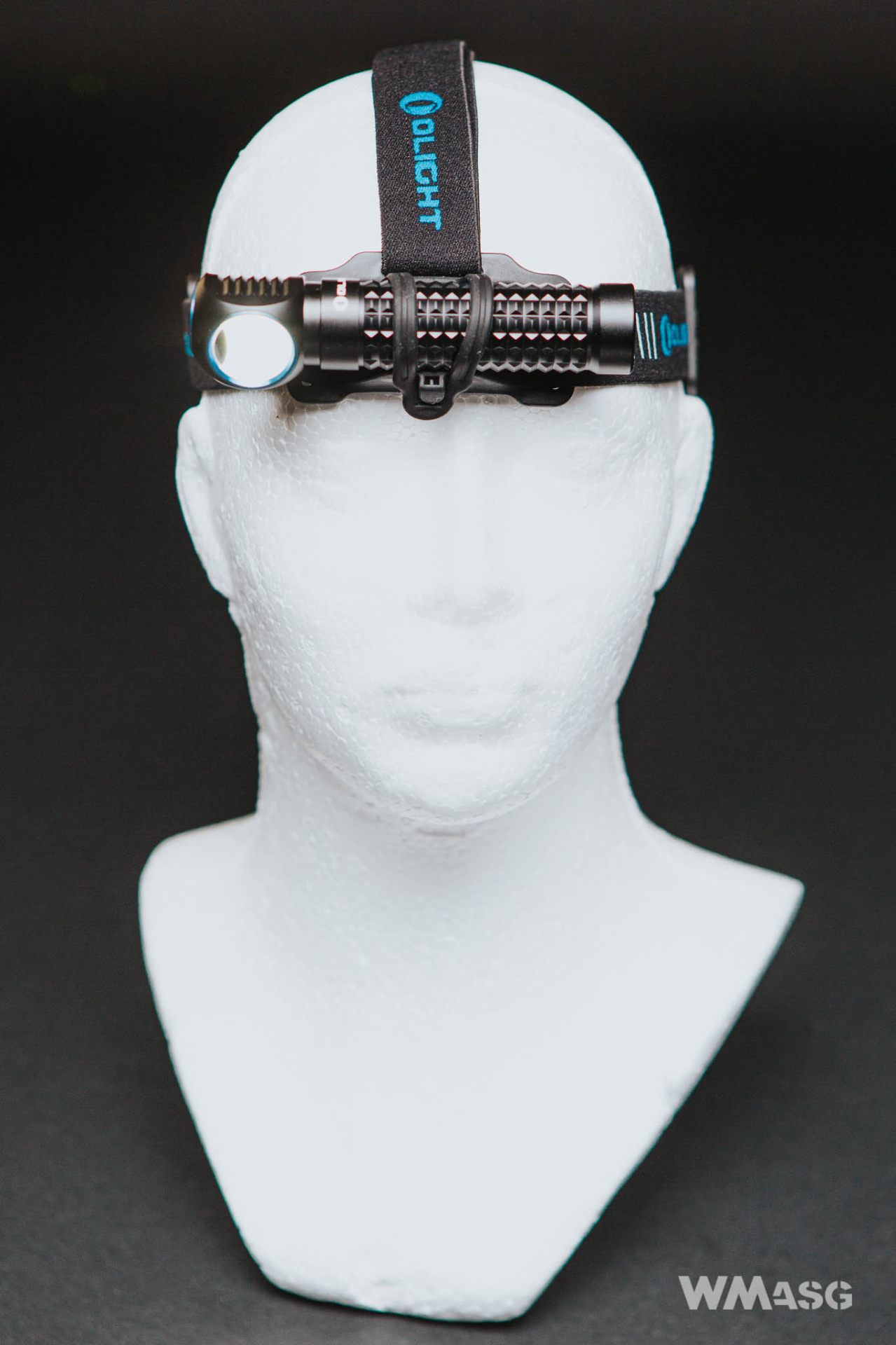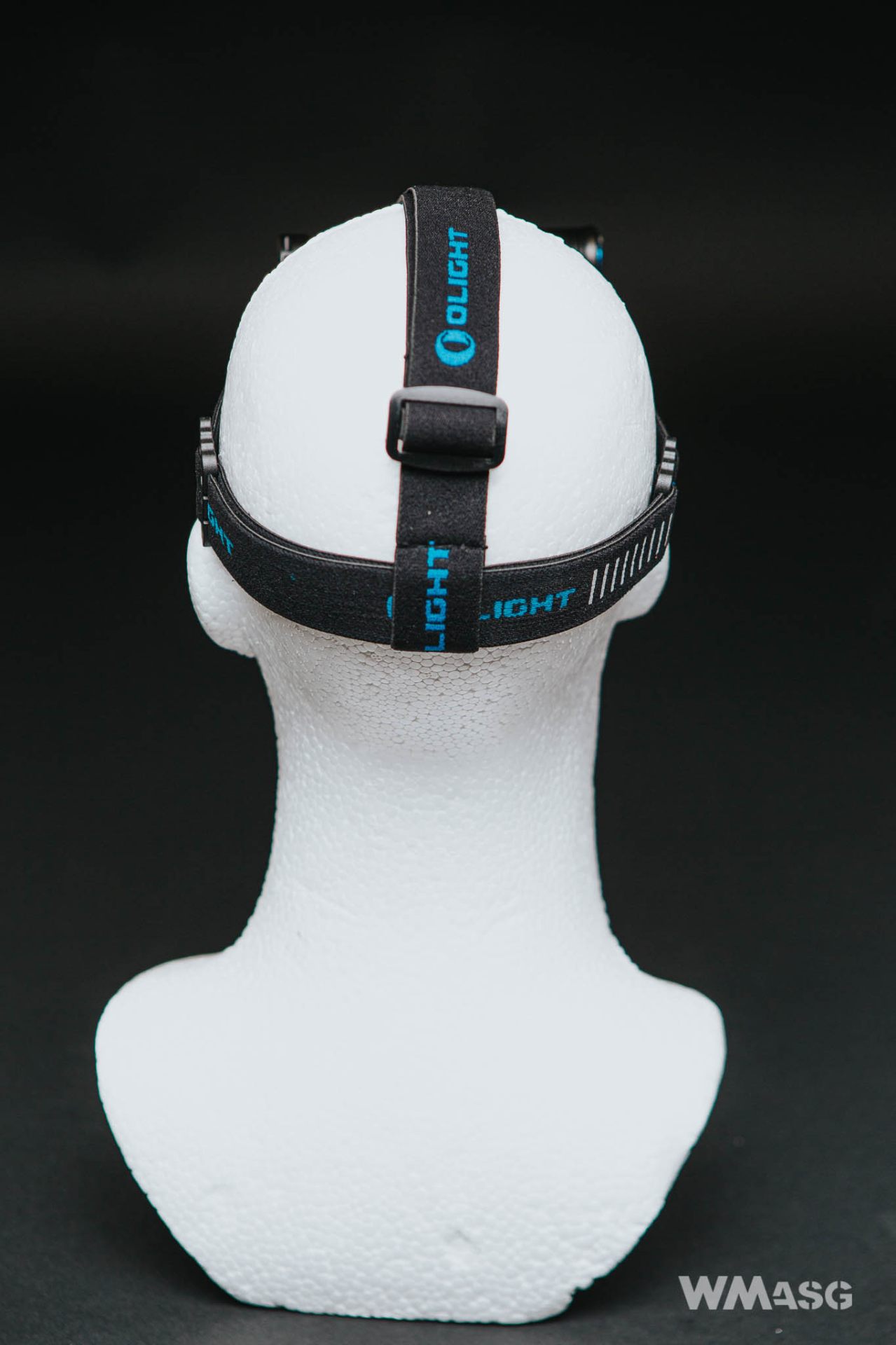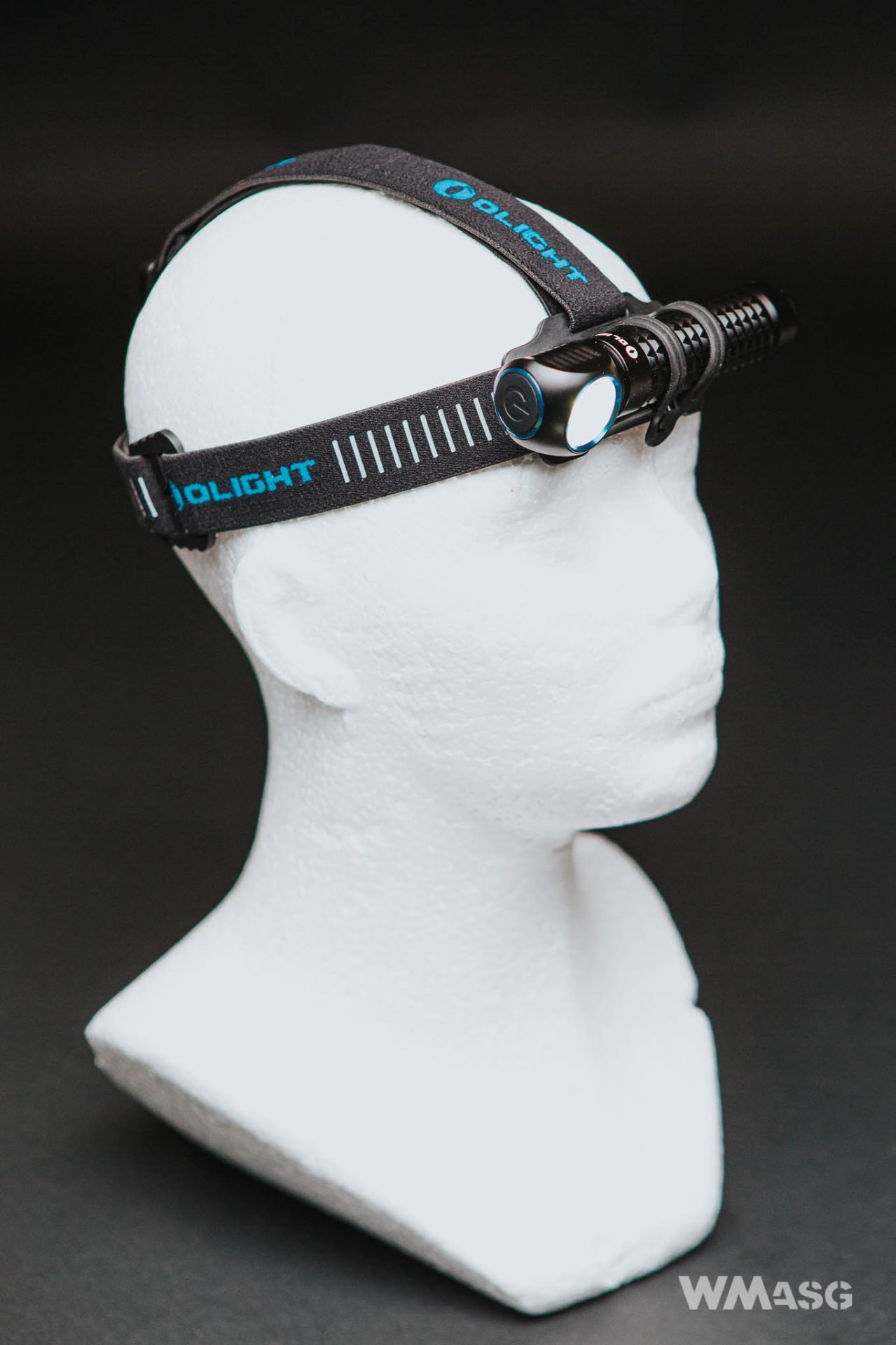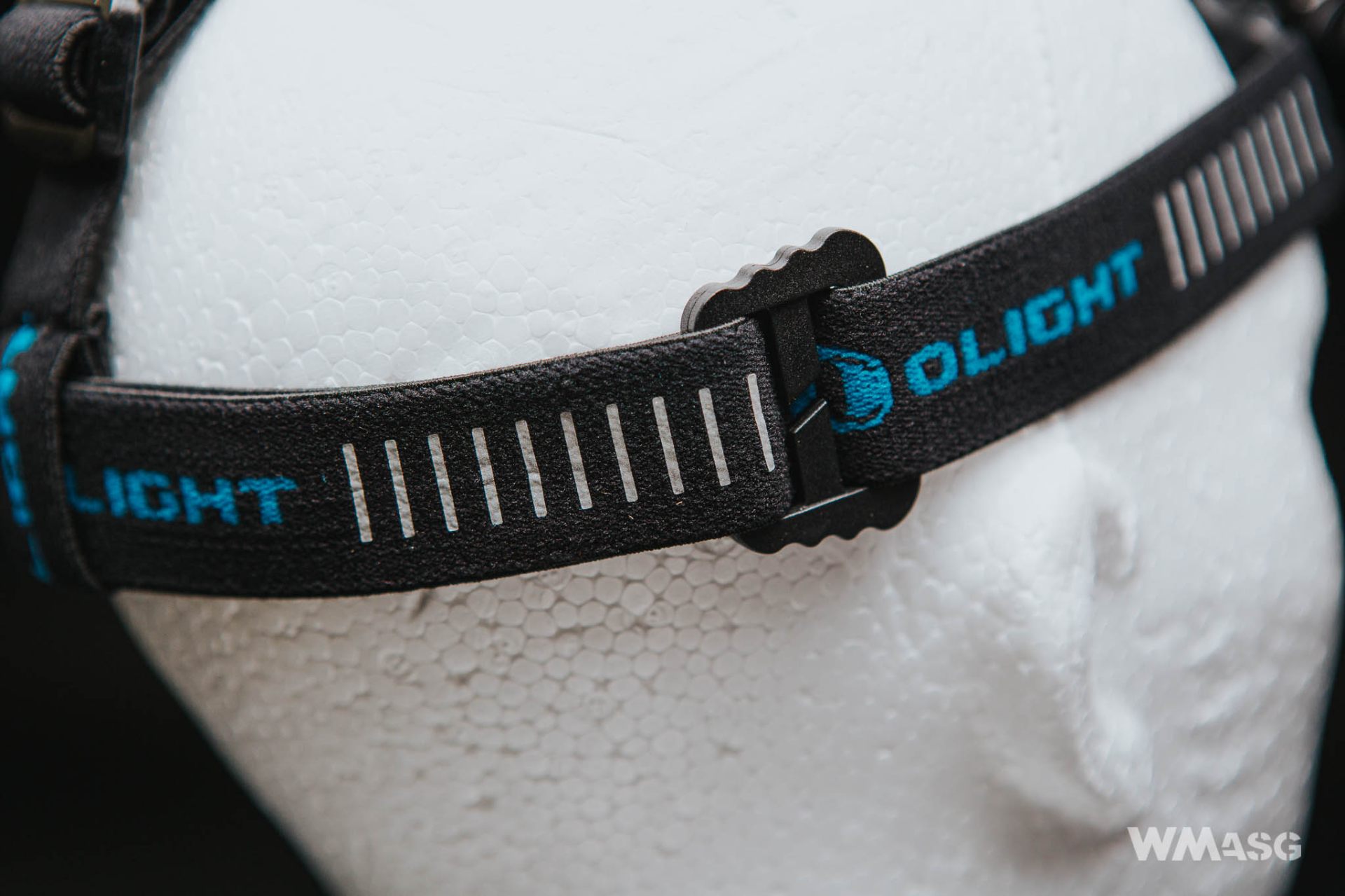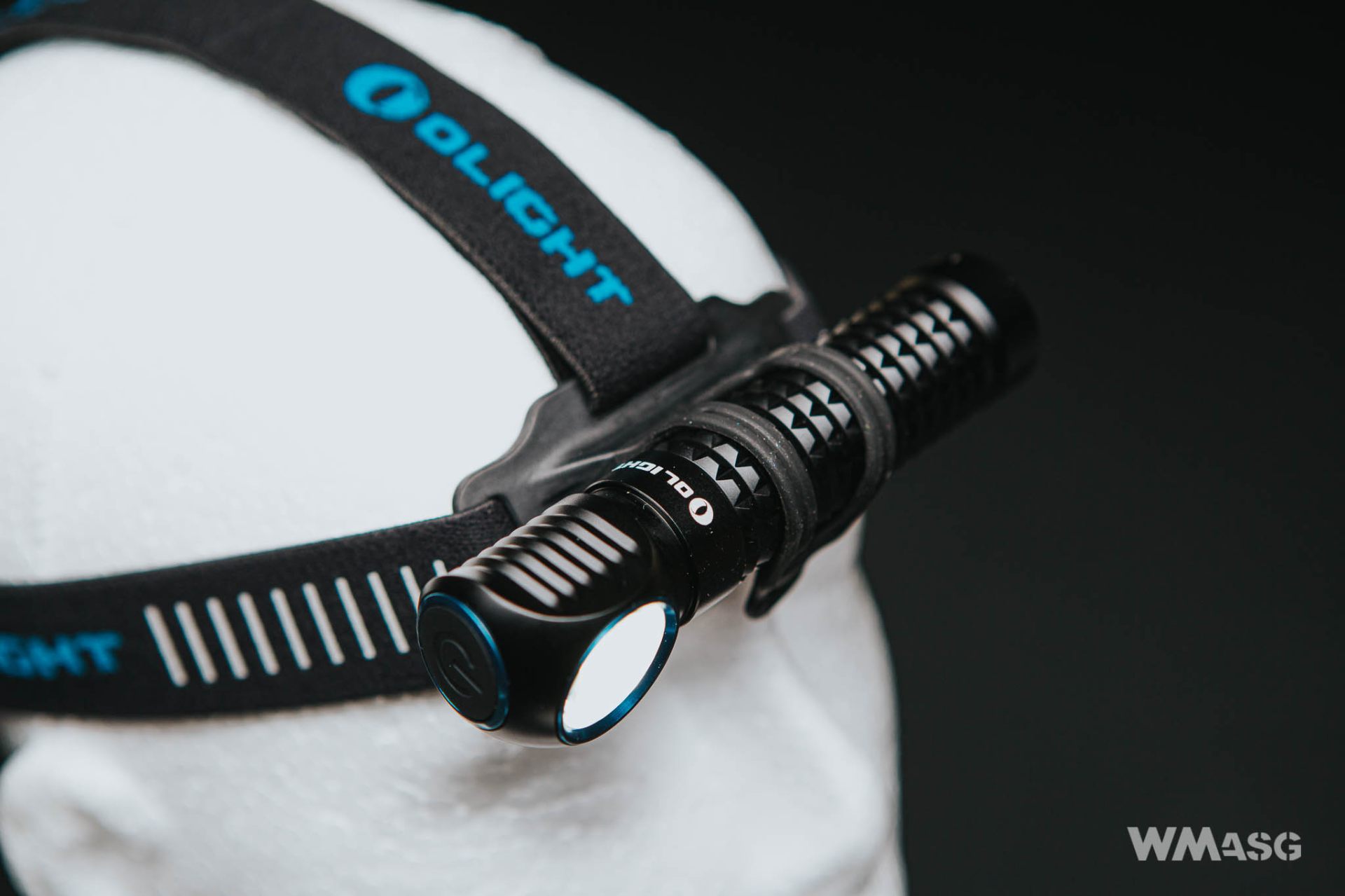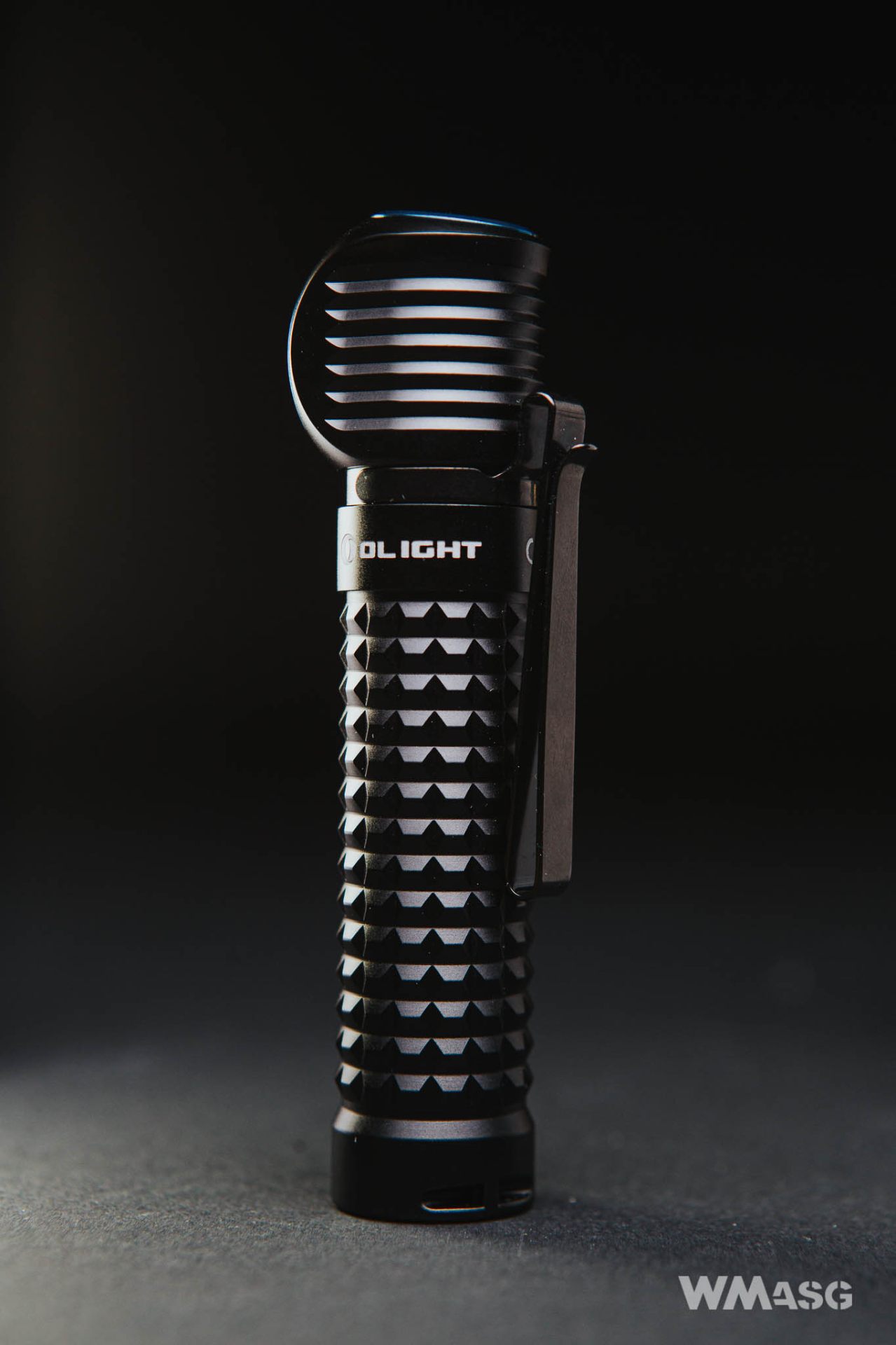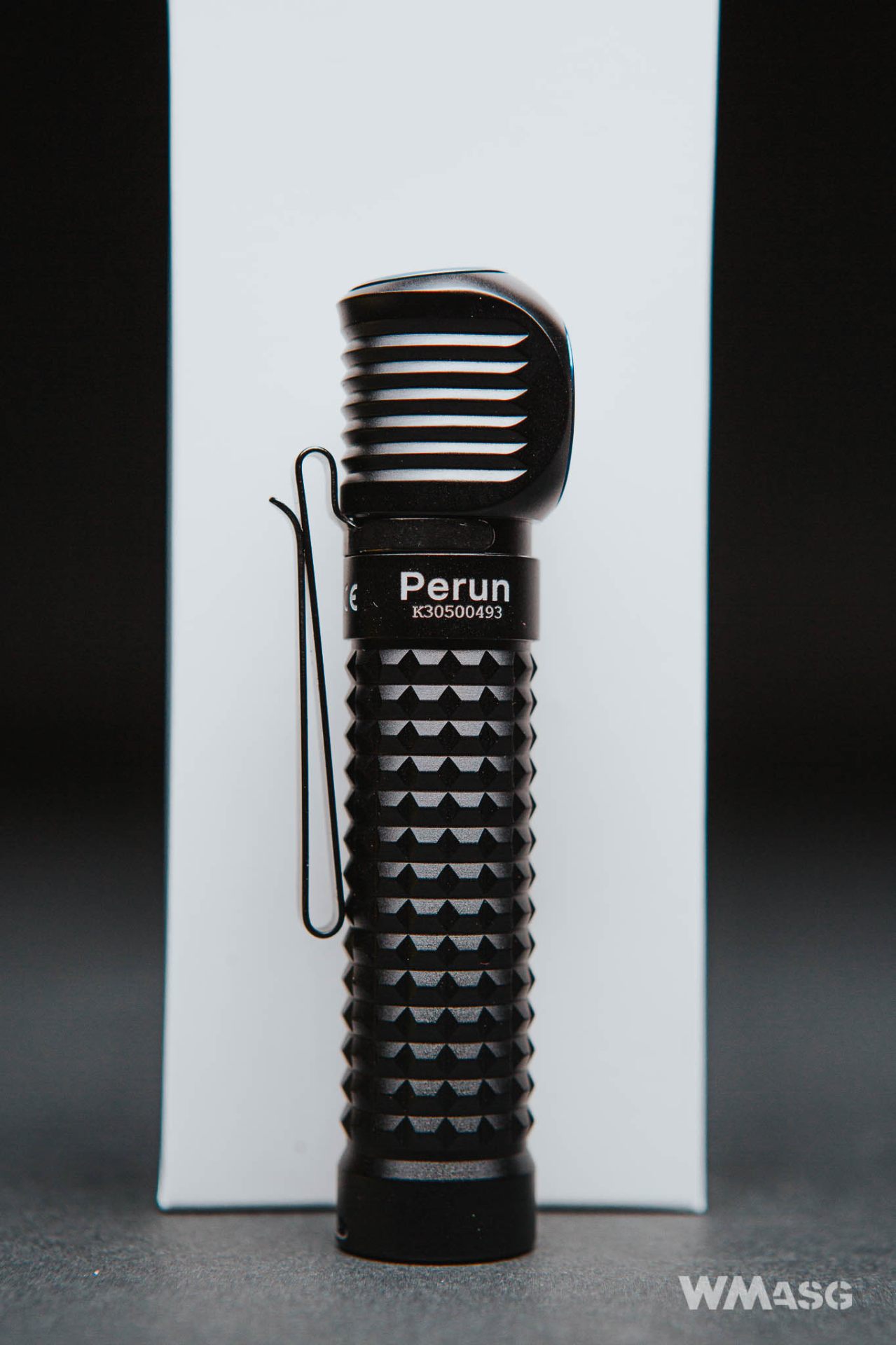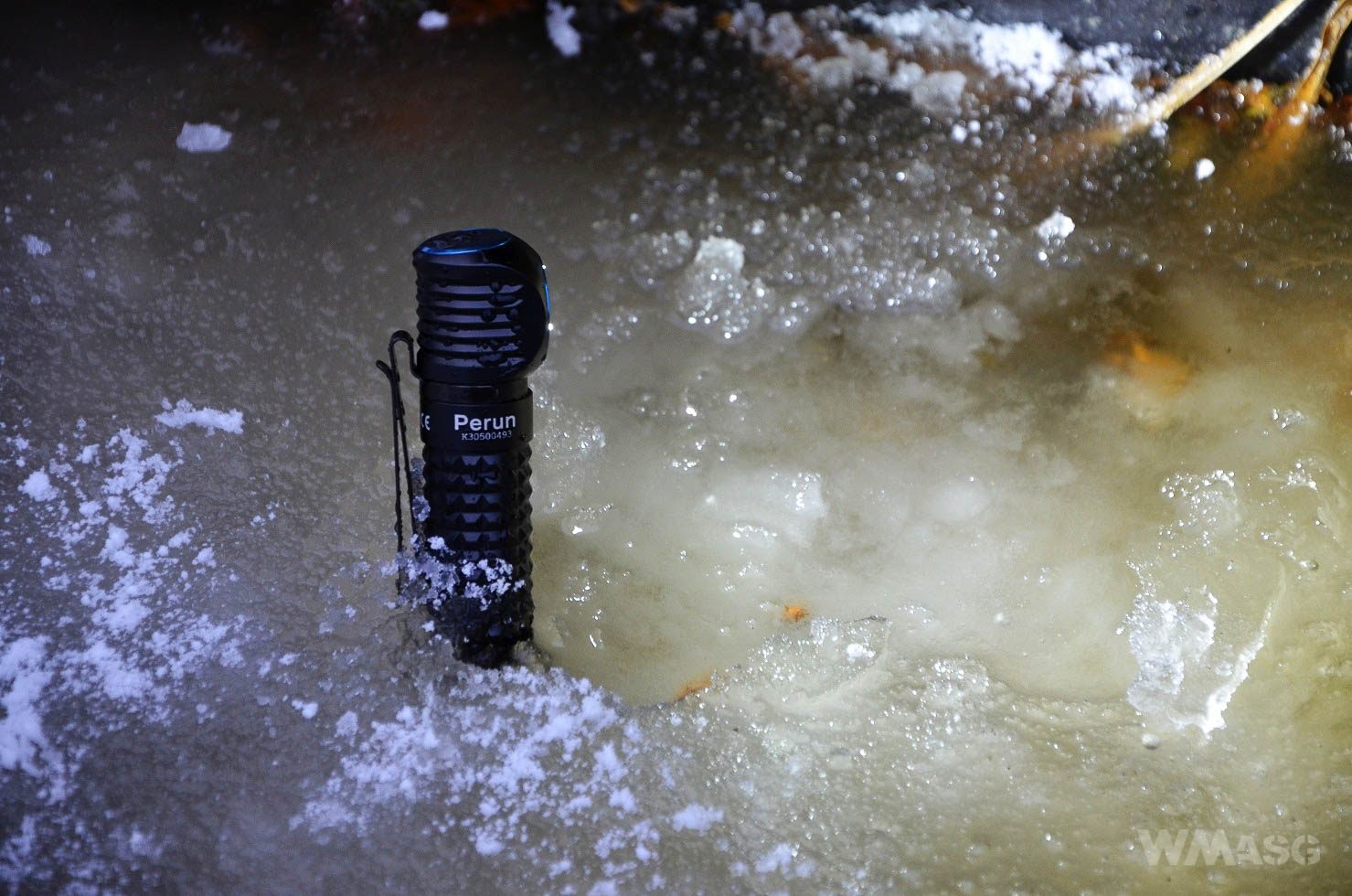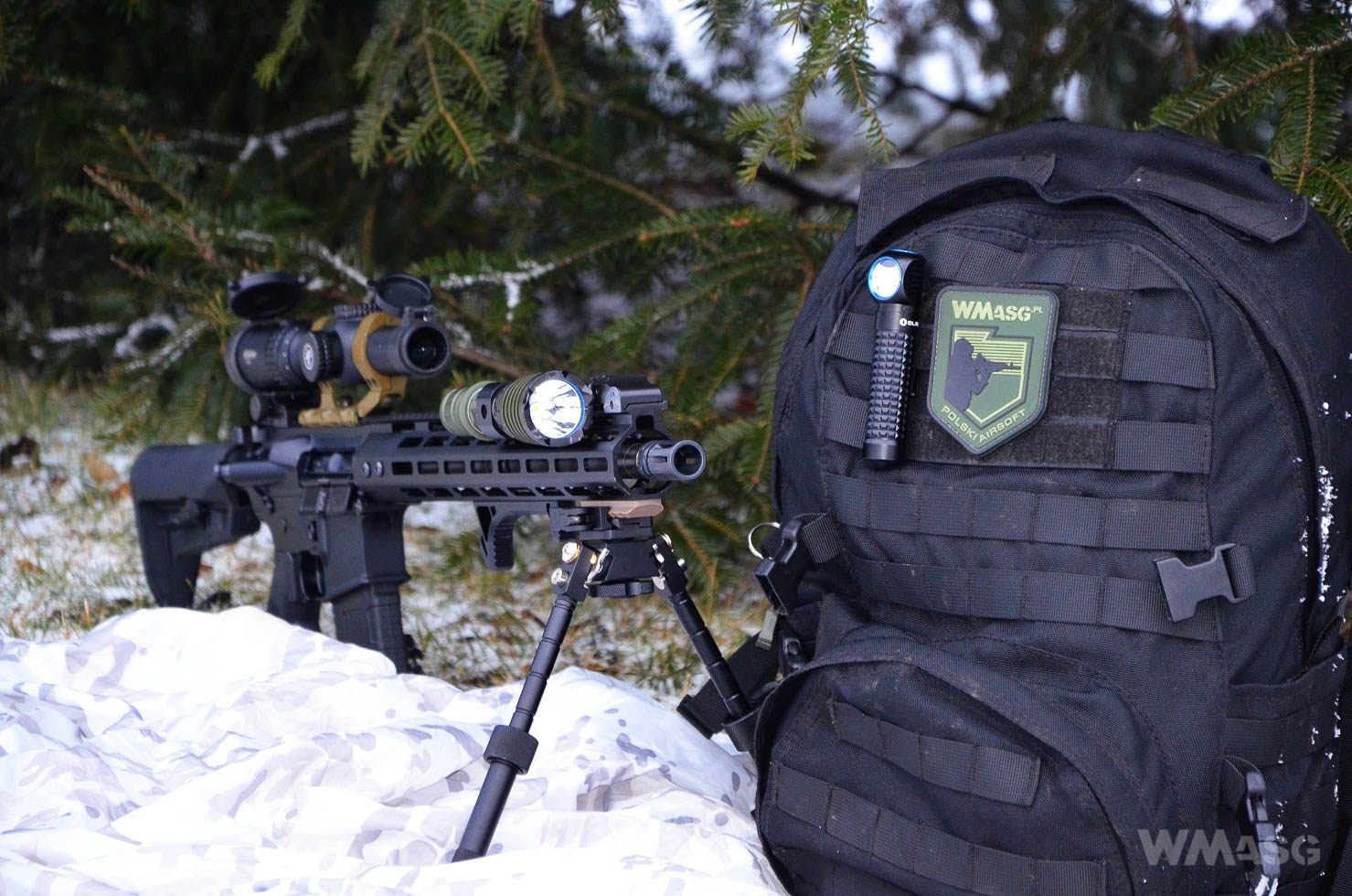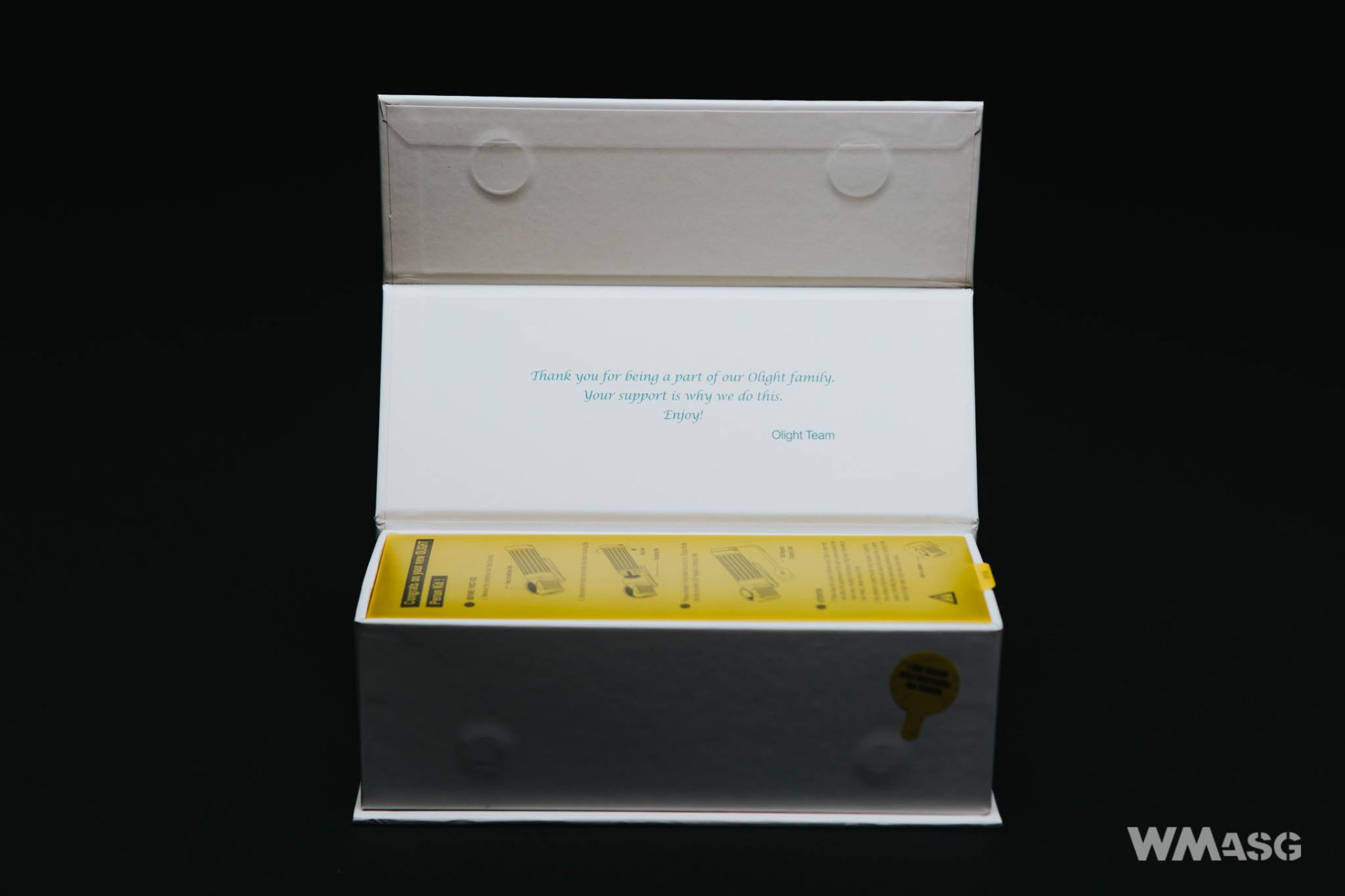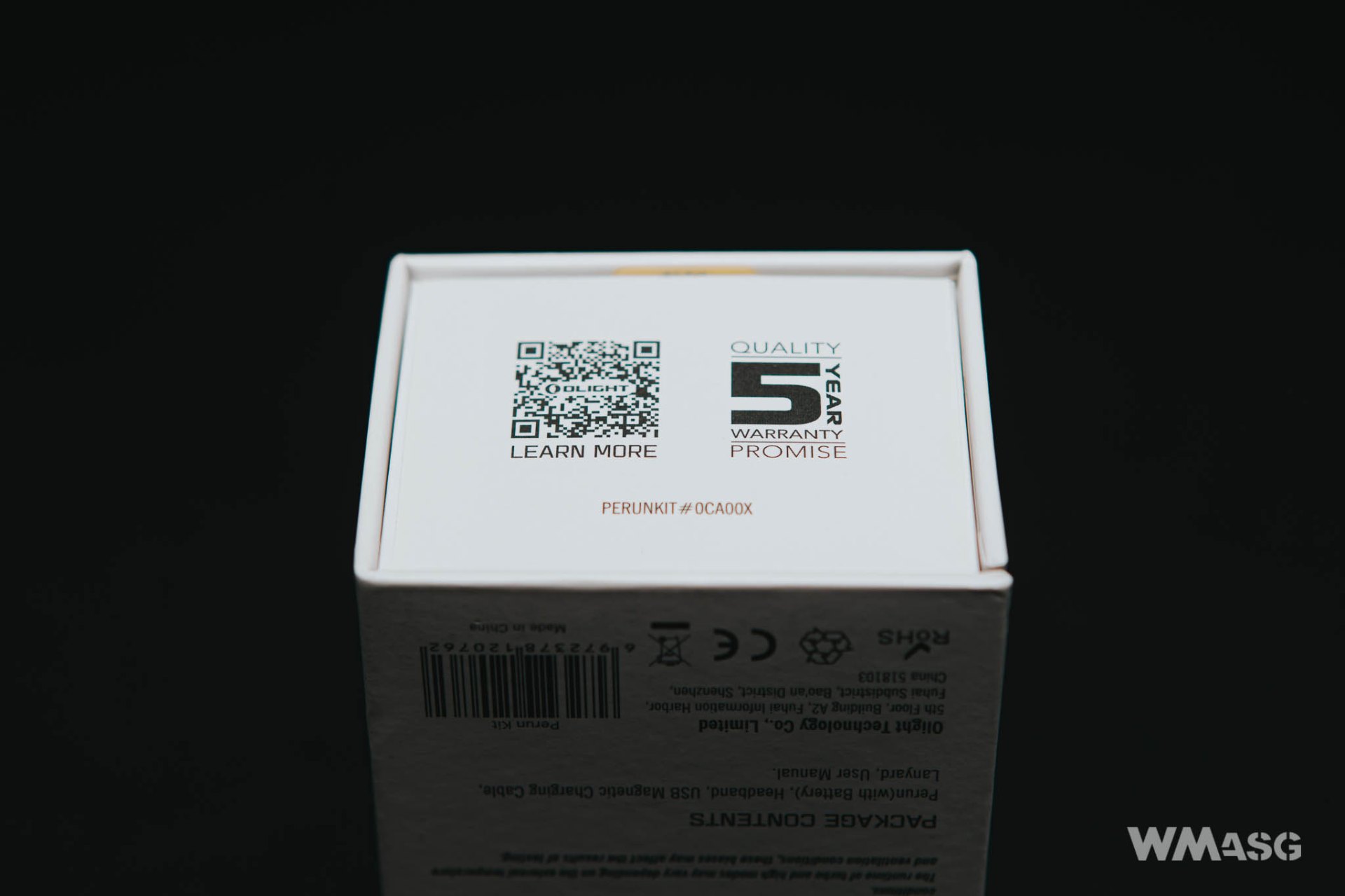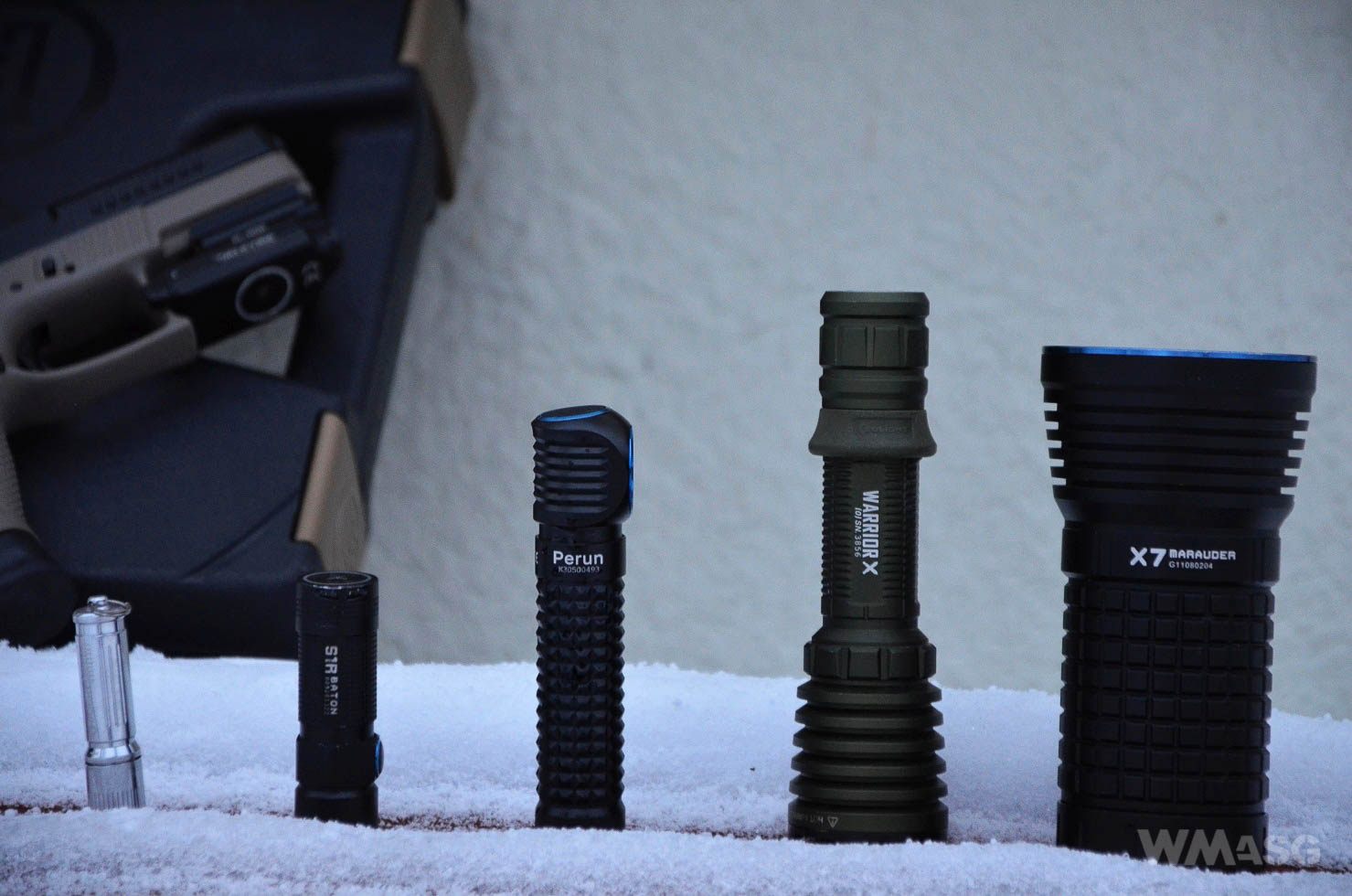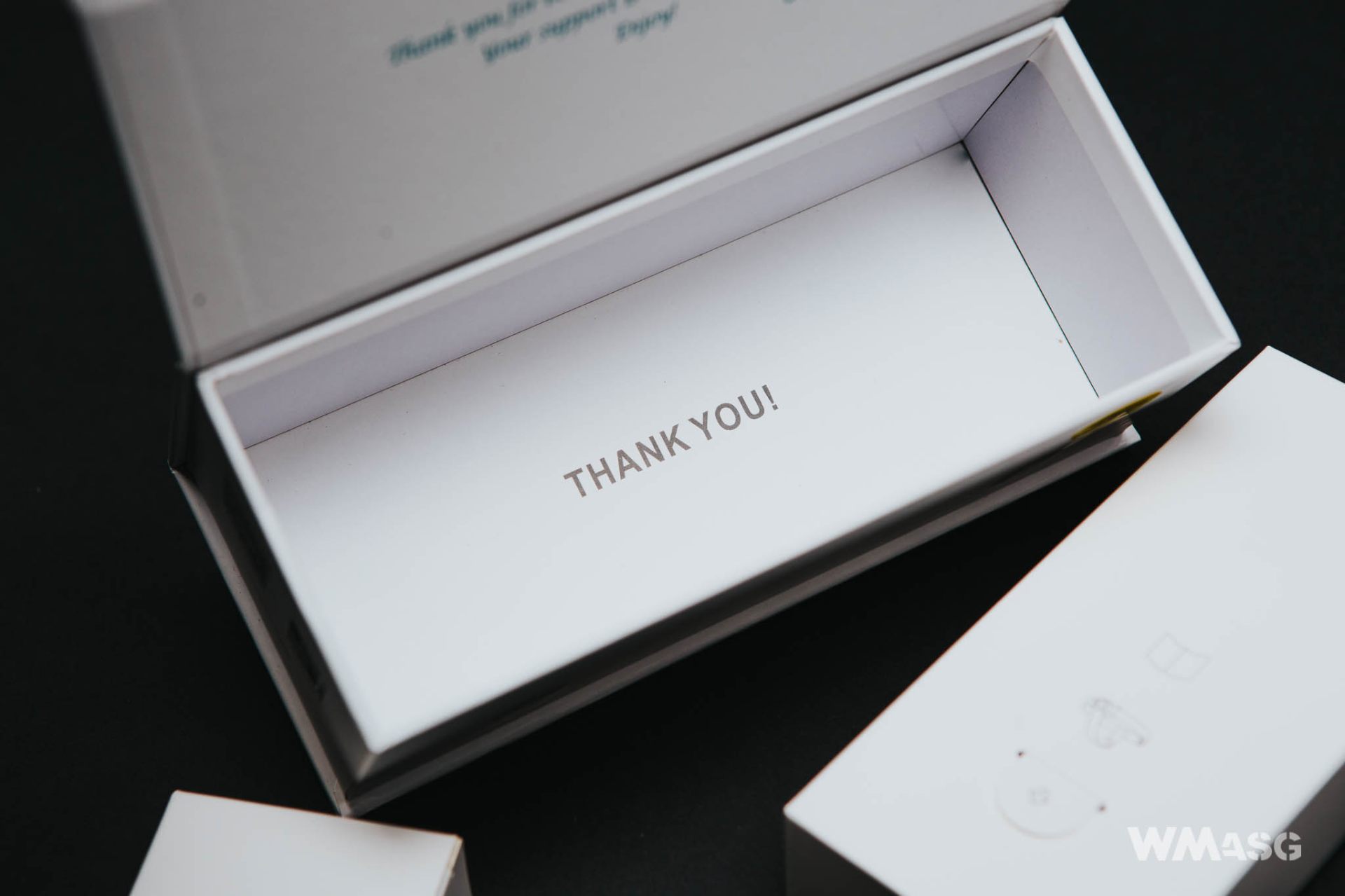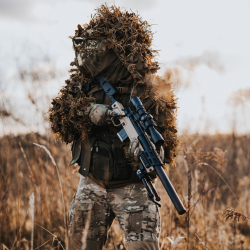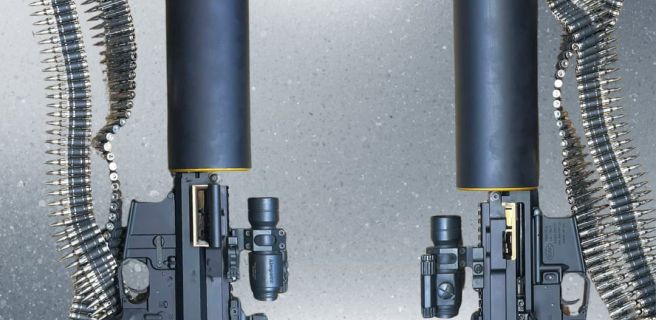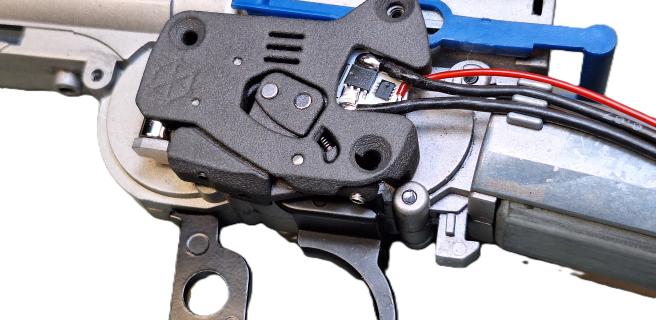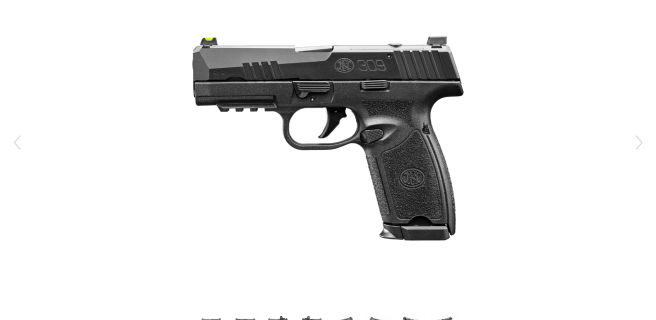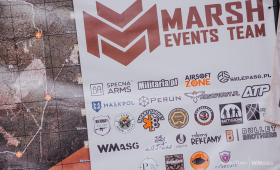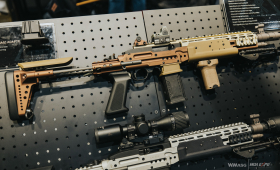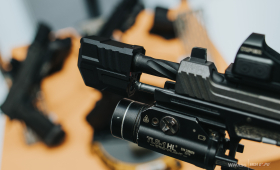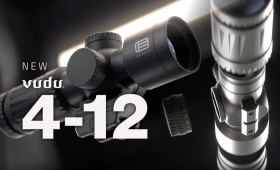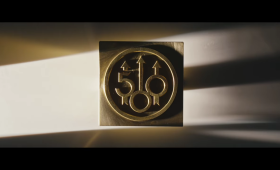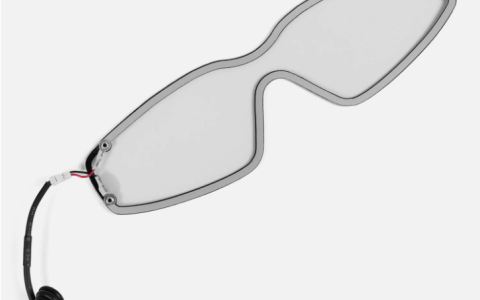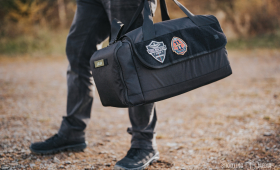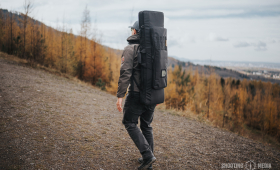FAITHFUL TO THE BRAND?
Can you develop a brand loyalty for something as trivial as flashlights? When I consider my adventure with various models that I use in the airsoft hobby, I come to the conclusion that it is possible. However, it is not right to assume that "fanboyism" has anything to do with it. For over a dozen years, during which I had to use white light sources during night and CQB airsoft games, several dozen different flashlights passed through my hands.
Every manufacturer whose products I have had the opportunity to own (or at least test) have had pros and cons. Currently, I own have a single model from companies such as Armytek, Fenix, Mactronic... and two handfuls of Olight flashlights. Does this mean that the latter manufacturer has never failed? When writing subjectively, it did. Despite my best efforts, I couldn't like their Olight HS2 Dual lamps, for example.
With the other Olight lights, I was usually amazed at the great value for money, which has built my confidence in the manufacturer.
This time I had the opportunity to review another product of this company from an airsoft point of view: the successor of the Olight H2R Nova headlamp and an angle flashlight, i.e. the Perun model in the full version (Perun Kit).
PACKAGING AND KIT CONTENTS
When I found out what product I was going to test, I decided to check what has been written about it on the internet. Here I came upon my first surprise: the Olight Perun can be bought both as an angle flashlight only as well as a headlamp and an angle flashlight combo. The only difference between these two versions is the head mount included. I admit that this is an unusual solution for the Olight company. Considering the slight difference in price, combined with a large drop in the functionality of the flashlight, I cannot find too many sensible reasons why it would be worth saving and buying a version without the mount.
But getting to the point, the tested flashlight came to me with the mount in a very nice looking box. Were it not for the fact that after opening it one can see the flashlight right up front, the buyer might wonder if there was... a smartphone in the package. This is due to the nature of the presswork and small cardboard boxes in which the elements of the set are placed.
In the set, in addition to the flashlight itself, there is a mounting clip, a magnetic head mount, a custom 18650 battery with a high discharge current (10A), a magnetic charger, a safety string with a tool that makes it easy to put on, and EVA foam patches, allowing for a possible change of the magnetic mounting on the head to a traditional one.
While the impressions from using the head mount are described later in the article, it is worth saying a little more about the battery and charger. A magnetic charger (or rather a USB cable with a magnetic head) is a very convenient element of the set that allows one to charge the battery without removing it from the flashlight and without deteriorating its waterproofing standards by implementing USB ports, which can be found in some other flashlights. There is one catch here: the charger only works when using the "custom" 18650 battery that is included in the kit.
However, this does not mean that the dedicated battery is the only one that can be used in the flashlight. The manufacturer guarantees compatibility with other 18650 button top cells, but they will not work with the charger. At the same time, the manufacturer declares no support for RCR123 batteries and also warns of a possibility of damaging the product when trying to those batteries. When using other 18650 batteries, however, it should be remembered that it is necessary to use the version with a high discharge current in order to be able to enjoy the highest lighting mode without any problems.
CONSTRUCTION AND DESIGN - A DEJA VU
The Olight Perun is nearly the tenth angle-head flashlight that I have contact with. It is in vain to look for any major innovations here. An emitter on the left, an emitter on the right, an emitter in the middle, a switch on the side, a switch on the back, texture like in this or that moel... Apart from such details, all the flashlights of this type I have dealt with look very similar. Sometimes, however, in the construction of even very similar desings, the small nuances count, and the whole thing may turn out to be well thought out.
This is also the case here: the ribbing of the tube facilitates a firm grip and prevents it from slipping from one's hand, and the specific appearance of the flashlight head prevents it from rolling. A large, well-integrated, rubber switch on the top of the head makes it easy to operate the flashlight even when wearing gloves, and the flat rear cap (which is an integral part of the tube and also a charging point in this model) allows one to place the flashlight vertically. There is also a magnet here (I have already got used to it), which allows Perun to be used in another way, significantly increasing the comfort of lighting some surfaces, e.g. during maintenance or working under the hood of a car.
It is also worth mentioning the head itself, which houses the emitter protected by a PMMA TIR lens. An interesting fact is that this is one of the few Olight flashlights where the manufacturer seems to avoid giving the name of the emitter. Searching the internet for answers suggests that the relatively fresh CREE XHP50.2 LED may be the heart of this light. I would say that the Olight Perun has one more surprise, but it's hard to talk about hiding something that immediately catches the eye. The black part visible under the optics is a proximity sensor.
The Olight Perun headlamp can be unscrewed in two parts about half way through its length to gain access to the battery compartment (which is located in the part of the tube containing the flashlight's foot). Thanks to the well-thought-out design and the O-rings used, Perun meets the high IPX-8 waterproof class (resistance to continuous immersion in conditions defined by the manufacturer), it is also resistant to falls from a height of up to 1.5 m. This means that this product can be easily used in virtually all possible conditions that can be encountered during airsoft games.
IMPRESSIONS FROM HANDLING AND THE USER INTERFACE
Before the first use, remove the circuit protection (it can seen that the battery is inserted with a positive side towards the flashlight's foot), the manufacturer also recommends fully charging the battery first. If the charging cable is connected to a charger that provides 2A current, fully charging the product should not take longer than 3.5 hours.
The Olight Perun offers as many as 6 operating modes, but from an airsoft perspective, not all of them will find real use, which is discussed in more detail later in the article. The lighting modes are described as follows:
MOONLIGHT: 5 lumens (operation time: 10 days)
LOW: 30 lumens (operation time: 47.5 hours)
MEDIUM: 120 lumens (operation time: 15 hours)
HIGH: 500 lumens (operation time: 3 hours, then 1 hour at 44% power)
TURBO: 2000 lumens (operation time: 2.5 minutes, then the luminous flux starts to decline by a few steps)
STROBE: 2000 lumens (operation time: 5 hours)
The UI seems complicated at first, but after a few minutes of using the flashlight it is easy to get used to. I will try to describe as clearly as possible how it works and how to change modes. The flashlight is controlled only with the switch.
One can start the flashlight in several ways: by a short click (the last memorized mode starts) or by holding the button, which will start the flashlight in the MOONLIGHT mode. Double clicking starts the TURBO mode, and triple click - the SOS mode. If the button is held down for too long while turning on the flashlight, the flashlight will enter the lock mode (then it only works temporarily in the MOONLIGHT mode). To unlock it, press and hold the switch again for about 2 seconds.
When the flashlight is activated, double and triple clicks can still activate the TURBO or SOS mode. A single click will turn off the flashlight.
To switch between LOW, MEDIUM and HIGH modes, from the position of the flashlight turned on, press and hold the switch. The Perun will switch between these three modes over and over again.
An interesting addition is the ability to program a TIMER function, which can automatically turn off the flashlight after three or nine minutes. To start the TIMER, select the lighting mode first, and then double-click and hold the button. The flashlight will flash once to start a 3-minute countdown. If you repeat this step, the flashlight will blink twice and the timeer will be extended to 9 minutes.
The Olight Perun offers a fairly advanced way to remember the last mode. The manufacturer apparently wanted to rethink every aspect of its operation. Its choices made when remembering the last used mode are sensible and quite logical, but in my opinion they make operation unnecessarily complicated, trying to think for the user. What do I mean exactly?
At the outset, I would like to emphasize that the flashlight only remembers regular operating modes - low, medium, high and MOONLIGHT mode. TURBO or SOS modes cannot be remembered. However, it is worth taking note that both of these modes can be accessed at any time by pressing the switch two or three times.
When using the TURBO mode, the flashlight remembers the previously used regular mode (or MOONLIGHT). If at this moment you press the switch twice, the flashlight will exit the TURBO mode and restore the last mode used. Here, however, there is an exception: if the last used mode was high, then after exiting TURBO the controller will start in medium mode to make the jump between strong and weak light more noticeable. In turn, in this case, leaving the TURBO mode with a single click will turn off the flashlight, and another click will start it in high mode.
On the other hand, when using the SOS mode, the controller does not allow one to exit this mode by any other way than turning the flashlight off with one click or changing the mode by holding the switch.
I have an overwhelming impression that I have forgotten at least one more combination. As I mentioned - the controller has a very complex operation. Luckily for airsoft users, you don't have to remember this, because basic operation of the flashlight does not require it.
What about the proximity sensor? When I heard about it for the first time, I though bout touchless turning on and off of the flashlight, which I encountered in one of the other headlamps, or preventing the user from being dazzled if the mode is too strong in a too cramped space. I couldn't be more wrong. The proximity sensor seems to be mainly a protection against e.g. accidental activation of the flashlight in high mode in a pocket, which could cause damage to the clothing or even burns if the flashlight's housing heats up for too long. The proximity sensor only reacts to objects a few centimeters away from it and reduces the brightness of the light beam to 30 lumens.
Summarizing the handling issues: from the airsoft perspective, it is worth noting the easier access to the modes that can be useful most often. A long press starts the MOONLIGHT mode when discretion is important. A single click activates the last remembered regular mode (or MOONLIGHT, if it was used earlier!) to allow moving comfortably in the dark. A double click is used to unleash the full power of the Olight Perun flashlight and cut through the darkness with a light beam of 2,000 lumens (when one wants to quickly search the area, detect nearby threats, or discourage enemies from using a night vision system).
Finally, it is worth mentioning a useful gadget that can be found in this flashlight: if the battery is discharged to a low level (below 10%), repeated vibrations will inform the user about the need to recharge.
LIGHTING CHARACTERISTICS AND COMPARISON
Although Olight does not officially specify the type of LED it uses, the color of the light it emits is defined as cold white.
The Perun shines with regular, diffused light, although from a short distance on a uniform background one can distinguish between the hotspot and the spill. However, as befits a flashlight of this type, the priority here is a large beam angle. Interestingly, the proximity sensor module does not seem to have a visible effect on the beam and shape of the light projected.
To give you a better idea of the lighting properties of the Olight Perun flashlight, I decided to compare it to several other products from different categories, including:
- a simple Chinese headlamp using an unidentified LED;
- one of the new diffused light emitting flashlights - 450 and 1200 lumens settings (Fenix);
- an old, recommended tactical flashlight with a more focused beam using an XM-L2 U2 diode, generating 800 lumens (Solarforce);
- a newer, recommended tactical flashlight with a more focused beam using an XHP35 diode, generating 2000 lumens (Olight);
- a recommended head-angle flashlight with a warm color and a luminous flux of 2000 lumens (Armytek).
The presented photos do not reflect the real level of illumination, but in comparison with each other, they should help to properly imagine the characteristics of the emitted light.
Pictures were taken with a Nikon D5100 camera with the following settings: t = 1 ", F4.2, ISO = 200.
Daylight and nighttime conditions:
A simple Chinese head flashlight with focused light beam:
A flashlight with a diffused beam of light (flood), on 450 lumens setting:
The Olight Perun flashlight, 500 lumens:
A tactical flashlight with a more focused beam of light, 800 lumens:
A flashlight with a diffused beam of light, 1200 lumens setting:
A tactical flashlight with a more focused beam of light, 2000 lumens:
The Olight Perun flashlight, 2000 lumens:
A headlamp with a warm color and a luminous flux of 2,000 lumens:
The above comparison suggests several conclusions. The first thing that is very noticeable is the very wide beam angle of the Olight Perun flashlight. This means that despite the moderately high luminous flux (500 lumens), in regular lighting modes you cannot hope for a long range of the headlamp. In this case, the sensible level of illumination ends at a distance of about 30 meters. The light travels further, but is no longer intense enough to provide any tactical advantage. However, this range is sufficient for comfortable movement - also when running, in difficult terrain, when you need to plan several steps ahead.
The turbo mode, defined by the manufacturer at 2000 lumens, is devinatelly a pro. A clear wall of light floods the area at a distance of about 50 meters, clearly showing everything that is in the field of view. The light seems to reach much farther, but its low intensity does not allow for fully comfortable observation of objects placed further. It's not bad: you have to remember that 50 meters is often the range of an average stock AEG.
Questions may be asked when comparing the photos of Olight with its competitor's angle-head flashlight (Armytek) with a warm light color. In the photos, Armytek seems to have an advantage in terms of light intensity. So I spent a bit more time comparing these two lights directly and with the naked eye the differences seem to be marginal. The color of the light itself and the features that result from it are another matter - I admit that I prefer the warmer color.
Perun's wide beam angle and low light intensity are clearly visible in the photos when compared to flashlights with a focused beam of light. Even the outdated, by today's standards, tactical flashlight (Solarforce) using an XM-L2 U2 diode, generating a light output of about 800 lumens, provides a clearly greater effective range of the beam. In turn, the relatively fresh (though also having a successor) Olight Warrior X tactical flashlight with a luminous flux of 2000 lumens simply crushes Perun with the intensity of light. This, of course, does not prove the superiority of one type of equipment over the other, but of different applications for which they were designed.
However, the "field" tests of the Olight Perun flashlight were the thing I was eager to see the most.
USEFULNESS IN THE FIELD
In practice, the testing was divided into three stages. The first two were a tourist excursion utdoors and a "simulated" airsoft game, during which I tried to test such aspects of using the product as comfort, handling with tactical gloves and use it in difficult terrain. However, the longest stage of testing was replacing my "regular" EDC flashlight with Perun.
When considering the product for tourist or airsoft use, I subjectively consider tha headband to be the most useful and universal method of mounting it. The two main advantages of such a solution are free hands and the light follows the movement of the head, which, combined with Perun's wide beam angle, allows for a very natural, efortless use of the flashlight. However, there are also disadvantages to using such a mount. When you put Perun on your head for the first time, you will feel that it is heavier than an average headlamp. This is the result of, among other things, the use of a decently efficient power source, i.e. 18650 cells. However, you can quickly get used to the feeling of its wieght and forget about it, but it returns after a few hours of having the flashlight on your forehead. This solution is obviously a matter of preference. For people who value lighter headlamps, Olight offers the Perun Mini model, which is characterized by smaller dimensions and weight, but also with a smaller luminous flux and shorter operating time. Another problem that can be encountered when using an extended head mount is compatibility with other straps, mounts and headgear. Considering that my priority is safety, I use protective goggles and Stalker Evo masks during airsoft games. Putting on my head a cap, goggles, the Perun flashlight and finally a mask I had no problem with excessive pressure, and the individual elements of the set did not interfere with each other. The addition of protective headphones also did not affect the comfort of using the configuration. However, I cannot check the compatibility of the assembly with various helmets, because I do not use such solutions.
When using the head mount, I noticed two minor inconveniences. The mounting straps has partially reflective inserts, which may accidentally reveal the player's position if the opponent points a source of white light at him. In tourism use, this is of course not a problem, and can even help to avoid some risks. Doubts can also be raised by the way the flashlight is mounted, which has its advantages, but can be tricky due to its magnetic nature. The Olight Perun flashlight can be mounted on the forehead with one hand and detached in just a fraction of a second - just hold it with the appropriate side for mount and the magnet will do the rest. The problem is that the attraction force of is at first glance not sufficient to prevent the equipment from falling out. As in some competing products, the manufacturer foresaw such a possibility and equipped the flashlight with additional rubber, which can be properly protected Perun from falling out, but at the same time it makes it difficult to adjust the emitter's inclination angle. In case of using the flashlight in a static manner (e.g. at a desk, in bed, in a workshop), the magnetic mounting should be sufficient. However, if the user of the flashlight wants to go out into outdoors with it, the use of a protective rubber (sic!) is necessary. The flashlight is protected against the effects of falling from a height of up to 1.5 m, but there is no reason to test it on your own, especially risking destruction the flashlight.
There is no reason to write about the head mount - it works properly and all the adjustments give a lot of possibilities to adapt it to one's needs.
Although I did not have the opportunity to test such a solution for a long time in the airsoft context, the mounting clip may also prove useful here. Its design allows the flashlight to be mounted in various positions on a belt, on molle straps and on other sufficiently rigid and thin surfaces. However, the clip is definitely a tool much more useful in EDC applications, just like the magnet located in the base of the flashlight. The ability to attach the flashlight to appropriate surfaces, attach it on a clip to a shirt's pocket, mount it on a head or even use it as a hand-held angle flashlight, make the Olight Perun a truly universal tool useful in everyday life.
While walking freely in a forest at night, I had time to look at the different lighting modes of the flashlight and what they are useful for. The "moonlight" mode does not appear to be a true moonlight mode and I consider it a step backwards from its predecessor - the Olight H2R Nova - which had a one-lumen mode. It was a very useful solution for e.g. for discreet map reading during milsim games. The Olight Perun in the weakest mode has 5 lumens, which, although still being a low value, the light is noticeably stronger and its is enough, for example, to illuminate the area directly under your feet.
Another two lighting modes: 30 and 120 lumens allow you to comfortably illuminate the road during a tourist walk. The 500-lumen mode gives you absolute comfort while moving on foot, regardless of the pace and difficulty of the terrain. The turbo setting, generating 2000 lumens, allows you to see a lot and will certainly be useful more than once when searching the terrain or determining its shape and route. With a bit of luck, it can also help detect a threat lurking for the player: be it by noticing it directly, or at least provoking reflexes from eye protection, or by the flashlight lens or optics of the player in front of one's postion.
The SOS lighting mode can be used as a marker to facilitate localization: due to the use of the maximum value of the luminous flux and a long working time (up to 5 hours).
How does the proximity sensor perform in the field? Doesn't it go dumb in dense places? Does the rain interfere with his work? The sensor performs well, its operation is imperceptible - so much so that it might as well not be there. I tried it several times and in various ways to pour water over it, which did not make any impression on it, and the work of the flashlight in high modes remained stable. Also, while walking through bushes, I did not notice that the sensor interfered with the device's operation. When following the instruction manual, it is worth ensuring that its surface is not dirty or scratched. In extreme cases, this can lead to problems with starting the flashlight in high modes. If this is true, the need to pay extra attention to the sensor would become another minor but existing downside to this flashlight.
Finally, a curiosity: a few years ago I had the opportunity to review the Olight H1 Nova flashlight (one of the predecessors of the Olight Perun Mini flashlight). Then I had written:
"Another, rather minor, disadvantage this time is that you cannot mount the clip on the flashlight and the head mount at the same time. So if you plan to use the flashlight in different ways during one trip, you need to carry the other accessory separately"
It seems that more people pointed out this inconvenience. The head mount for the Olight Perun flashlight has been prepared in such a way that it can be used without removing the mounting clip. This is not particularly convenient, it makes it difficult to adjust the angle of the head, but in the end - it is possible!
SUMMARY
Yes, I am a fan of flashlight in airsoft use and beyond. I need a different flashlight for a long replica, another for a short replica, and another for use with on my head. In addition, I appreciate a separate backup light and a sensible EDC product. Some may be surprised and claim that in airsoft use one or two flashlights is all that is needed. Is it really so?
I largely agree with this statement, but I see one condition here. When limiting yourself to two flashlight, it is important that they are uncompromising and complement each other. I consider a tactical flashlight with a focused beam of light, mounted on the replica, with a luminous flux of around 2000 lumens and a headlamp with a similar maximum value of the luminous flux, but offering even, diffused light such a combination. This allows both for effective airsoft combat and comfortable moving around the field after dark without getting into trouble. It is obvious to me that such flashlights must also have a popular and efficient power source (its interchangeability between the two products may be an additional advantage) and high standards of water and impact resistance.
The Olight Perun angle-head flashlight fits almost 100% into the function of the top head light. Great manufacturing quality, enormous possibilities, powerful luminous flux, high resistance standards and 5-year warranty almost allow you to forget about the lack of such banal things as a real moonlight mode. In the face of such minor flaws, are there things that are truely perfect?
It is difficult for me to answer this question. Olight wanted the Perun to replace an earlier very successful product: the H2R Nova flashlight. The Perun can be called an evolution, a facelift of the earlier Nova. However, there is no revolution here. Anyway, it would not be needed, because today the reviewed flashlight is a product worth recommending - just like many other lights from this manufacturer.
So I recommend the Olight Perun flashlight with a clear conscience - both for airsoft and tourist applications. It will also work well in any other role that may come to someone's mind: as a camping light, as a bedside lamp in a room, equipment used at work, a gadget that makes evening walks with the dog more pleasant or even a light used during bicycle trips. So many advantages, so the price is probably high?
Not in this case: the Olight Perun is an angular flashlight, which, in the context of cost efficiency, can be safely placed (or attached to a magnet) at the very top...
We would like to thank Militaria.pl for sending us the Olight for testing.
Pros:
- elegant packaging;
- everything one needs is included...
- ...and all is of good quality;
- the ability to charge the flashlight without unscrewing it;
- popular power supply using a 18650 type cells;
- the design of the tube and the head facilitates grip and prevents rolling;
- well-thought-out design of the switch facilitates operating it with gloves;
- a magnet in the foot;
- a proximity sensor as an additional flashlight protection;
- IPX8 waterproof standard;
- resistance to falls from a height of up to 1.5 m;
- extensive UI;
- low battery warning;
- a powerful value of the luminous flux in the maximum mode;
- the ability to quickly and easily mount the flashlight on the head mount;
- a wide beam angle;
- the possibility of using the head mount without removing the clip from the flashlight;
- versatility and multitude of flashlight applications;
- careful, trustworthy manufacturing;
- long warranty (5 years);
- good value for money.
Cons:
- no charger support for other 18650 batteries;
- no flashlight support for 2x RCR123 batteries;
- a weak magnet in the head mount;
- the design of the tube makes it difficult to change the angle of inclination when using the head mount;
- the optics seem easy to scratch, which may translate into improper operation of the flashlight;
- not very intuitive operation of some functions;
- no real "moonlight" mode;
- no strobe mode;
- quite heavy;
- reflective straps on head mount;
- small effective range of the light beam.

